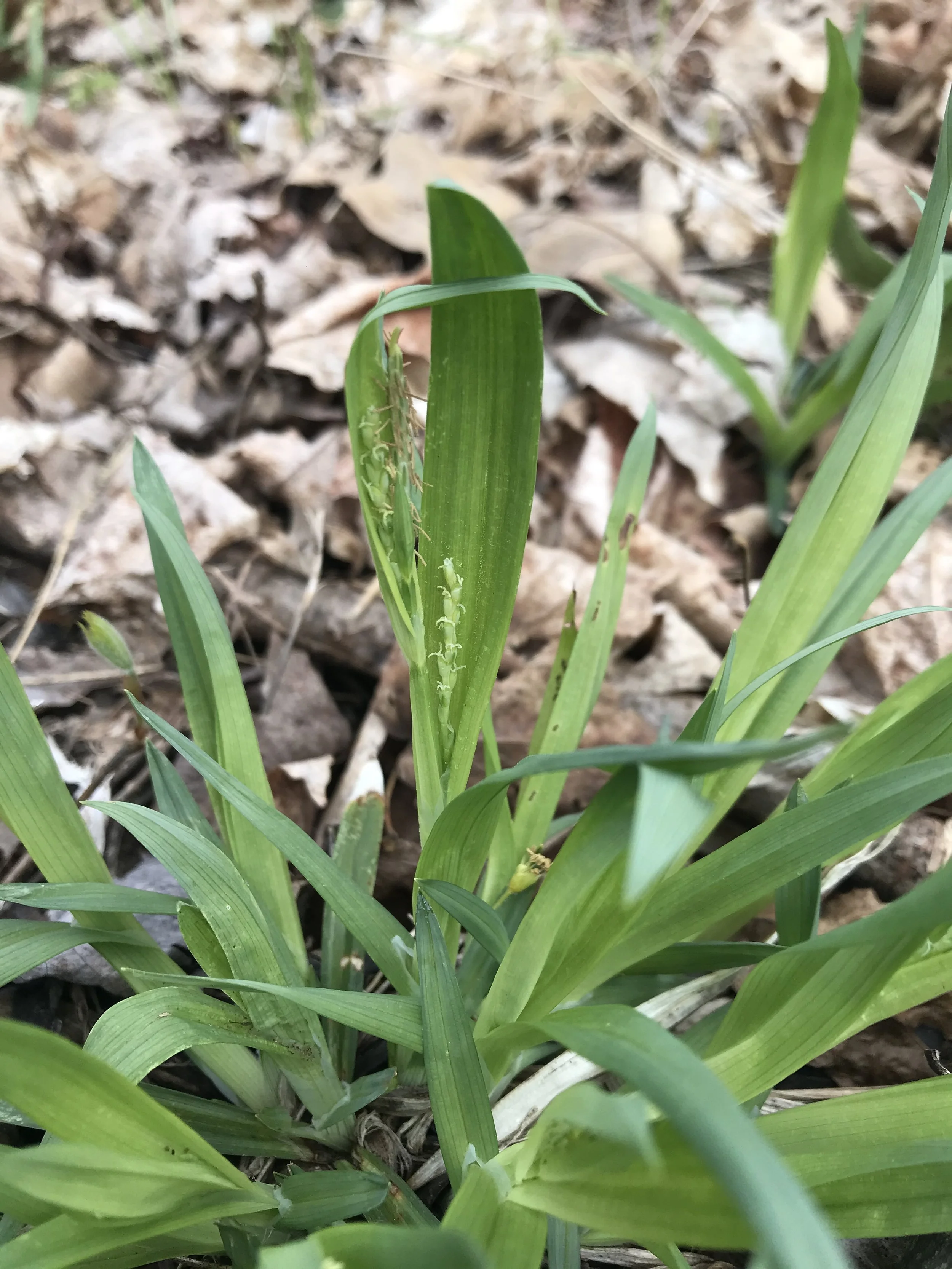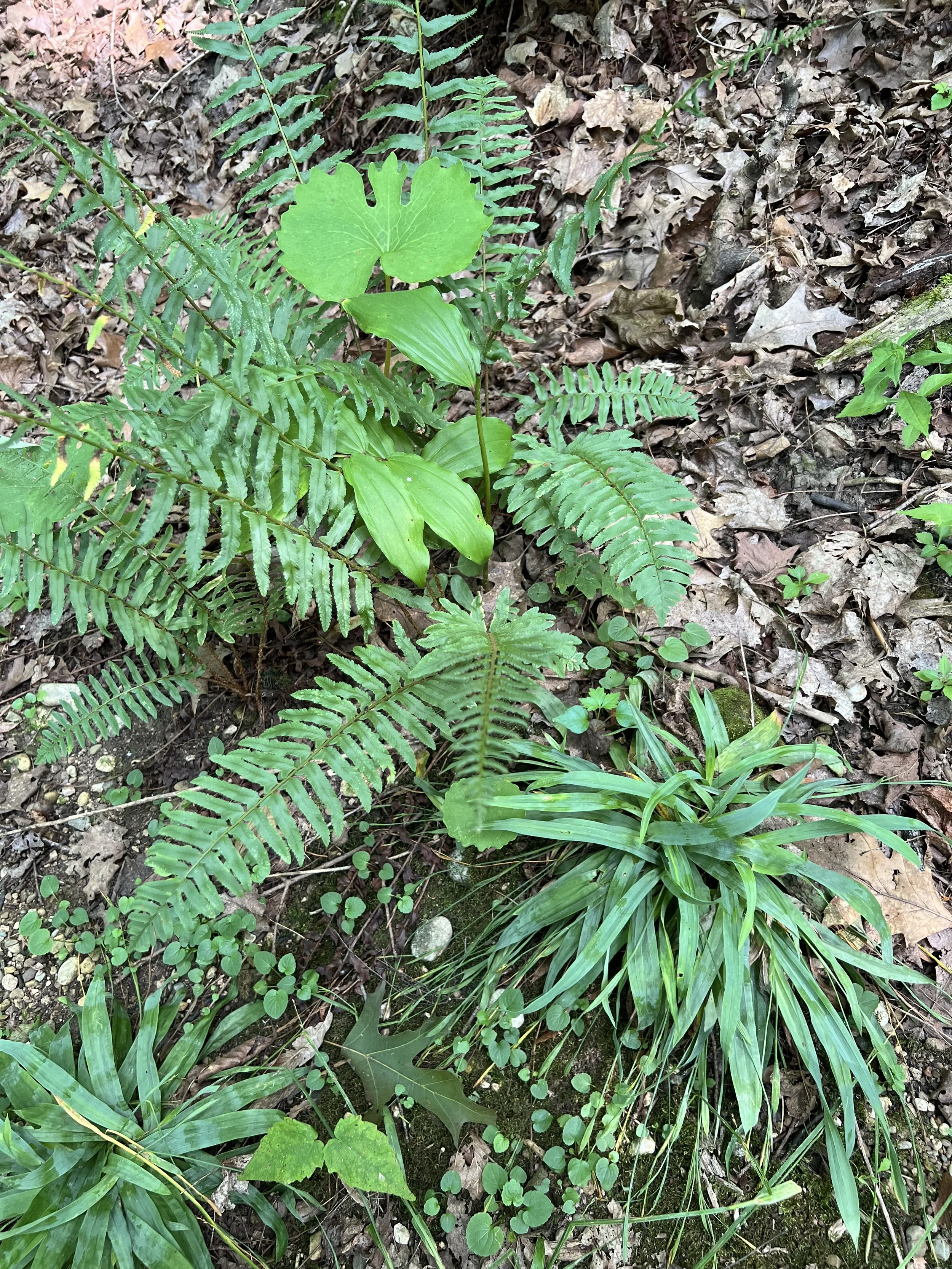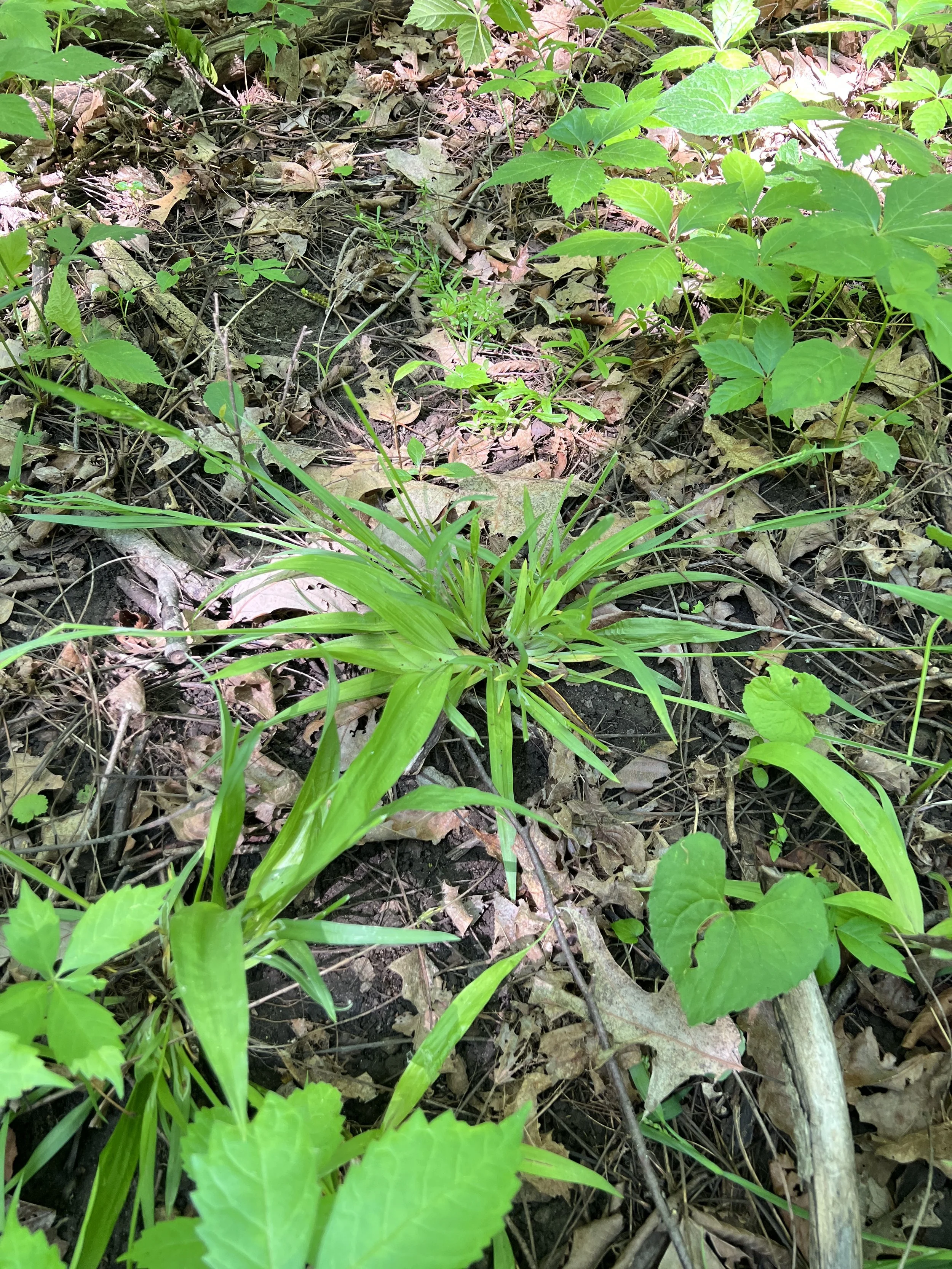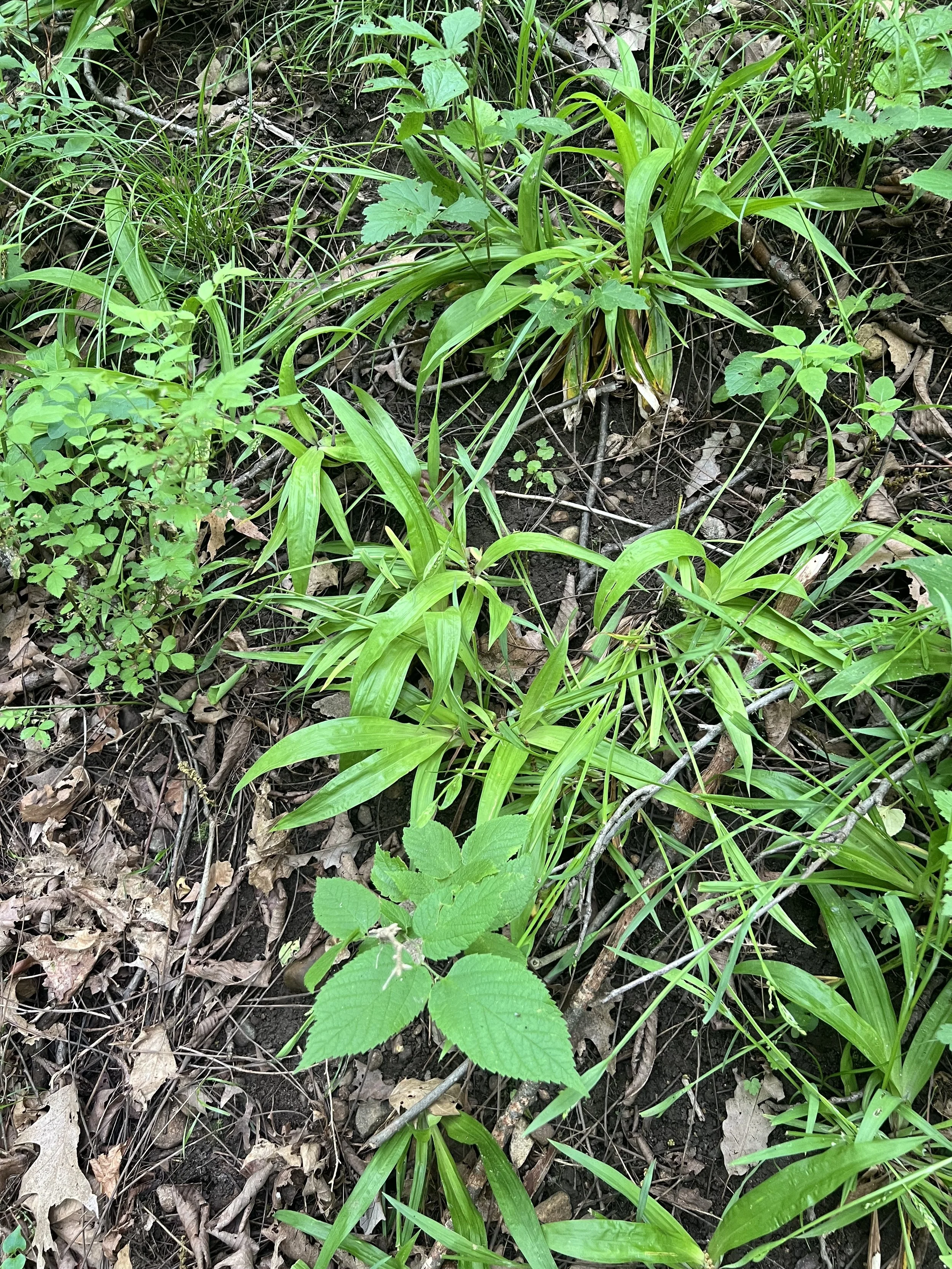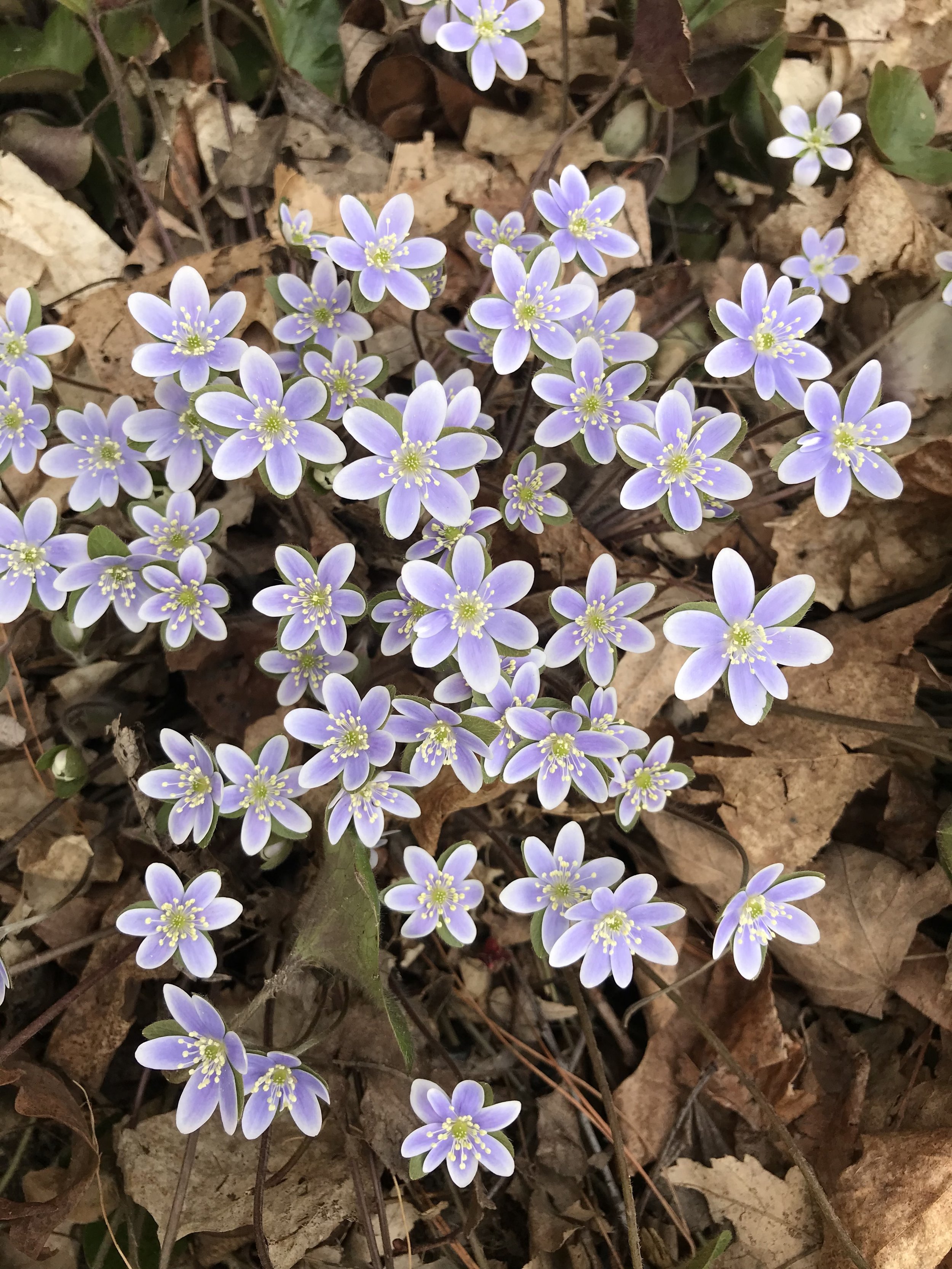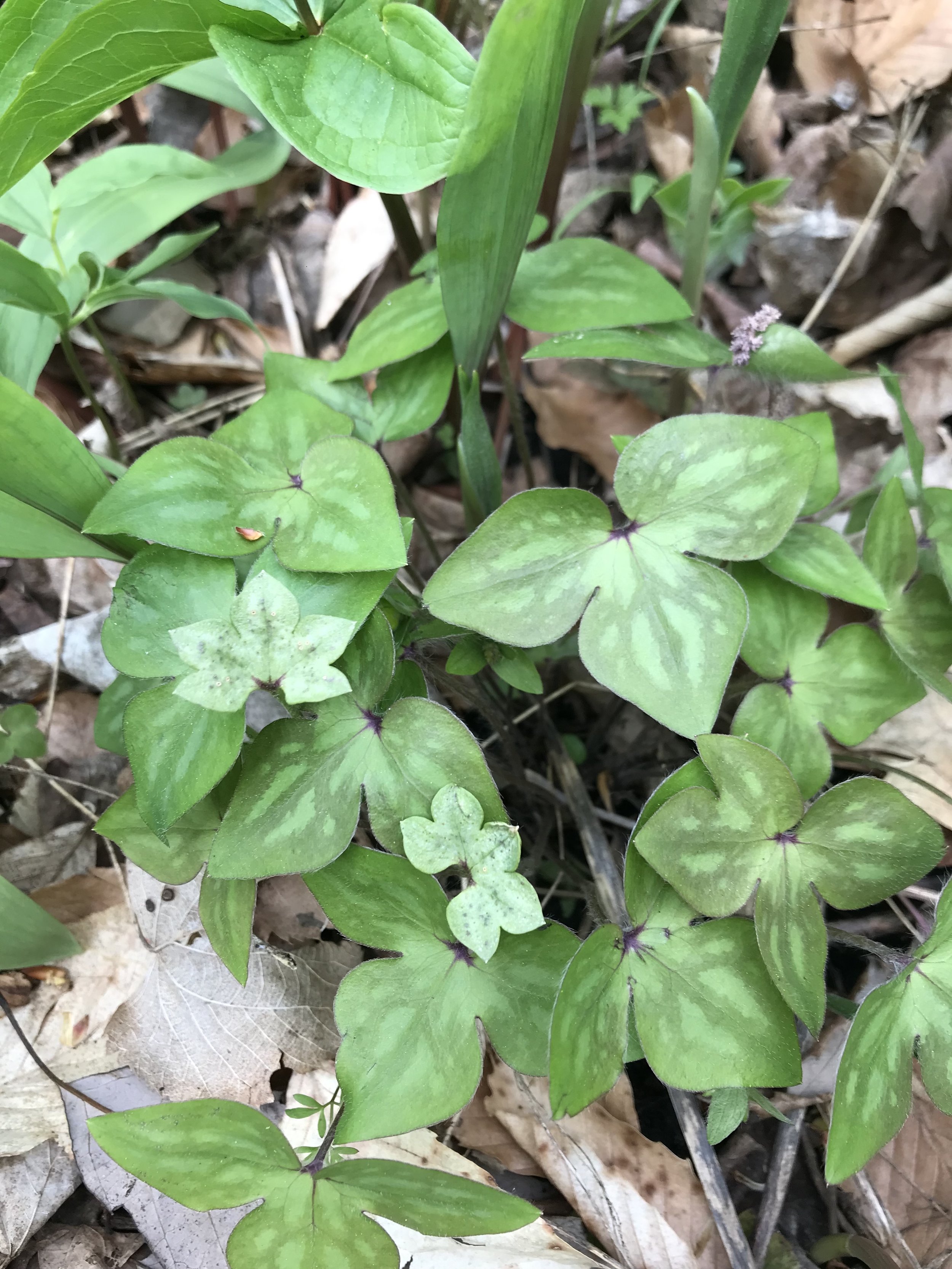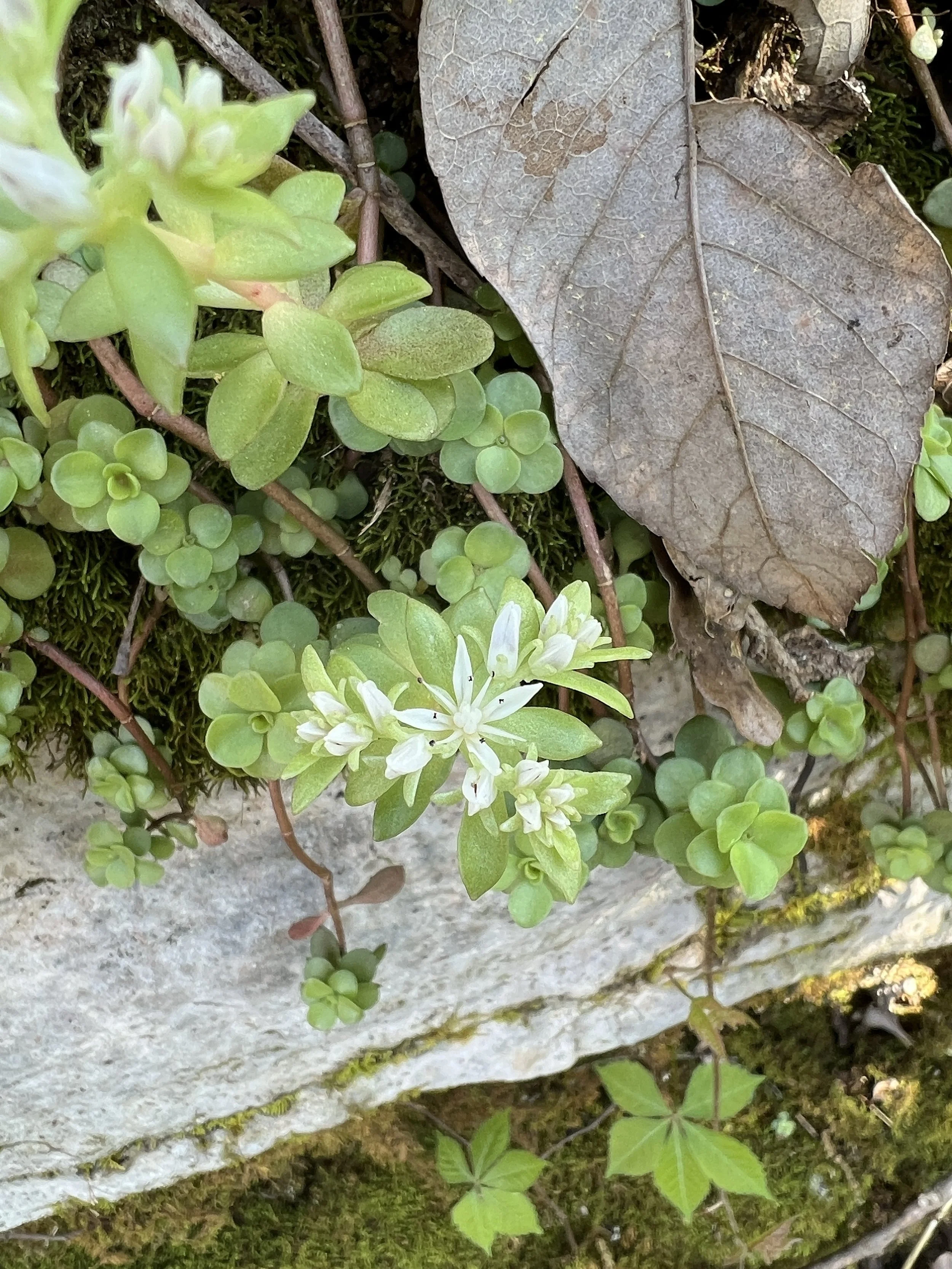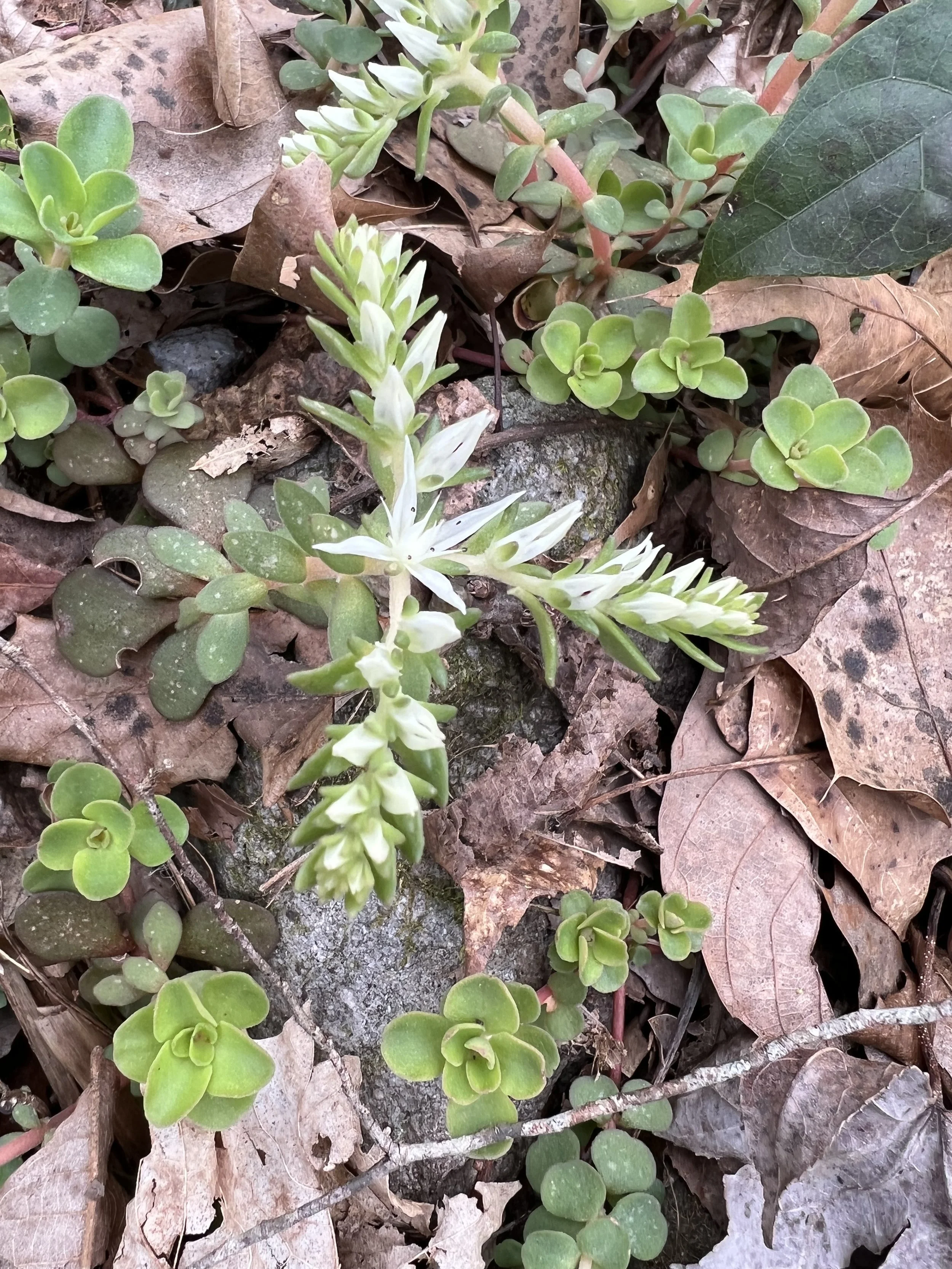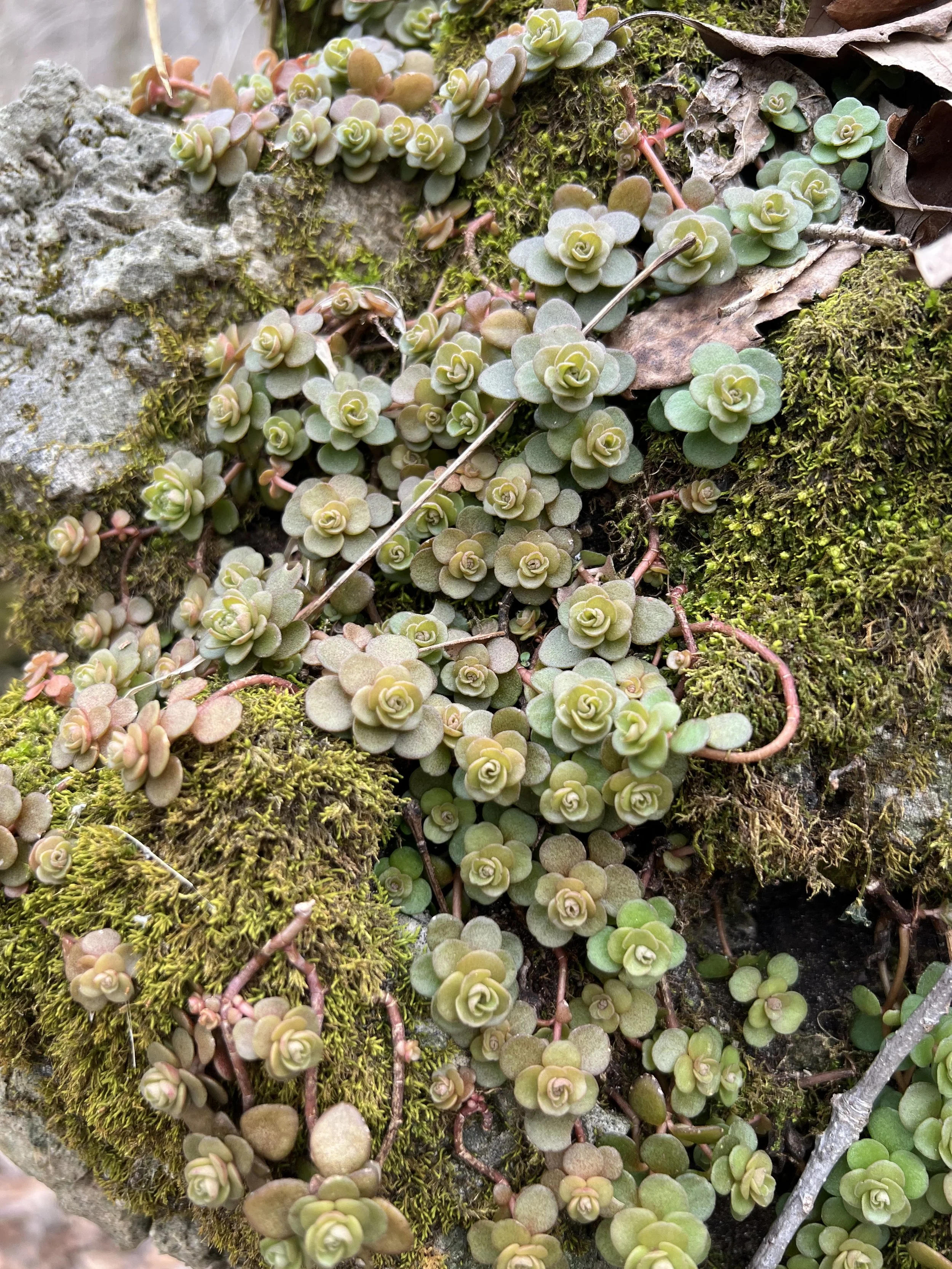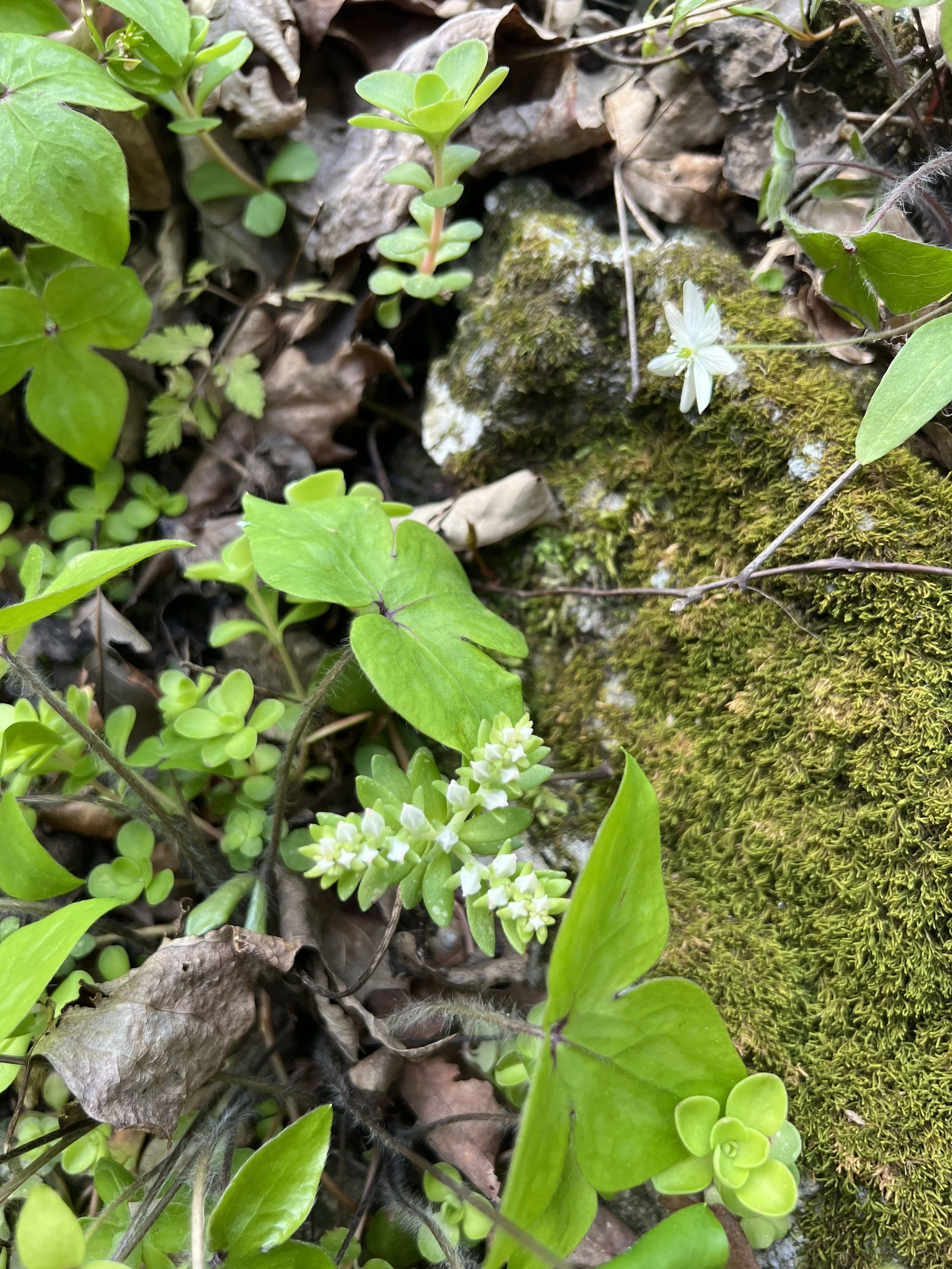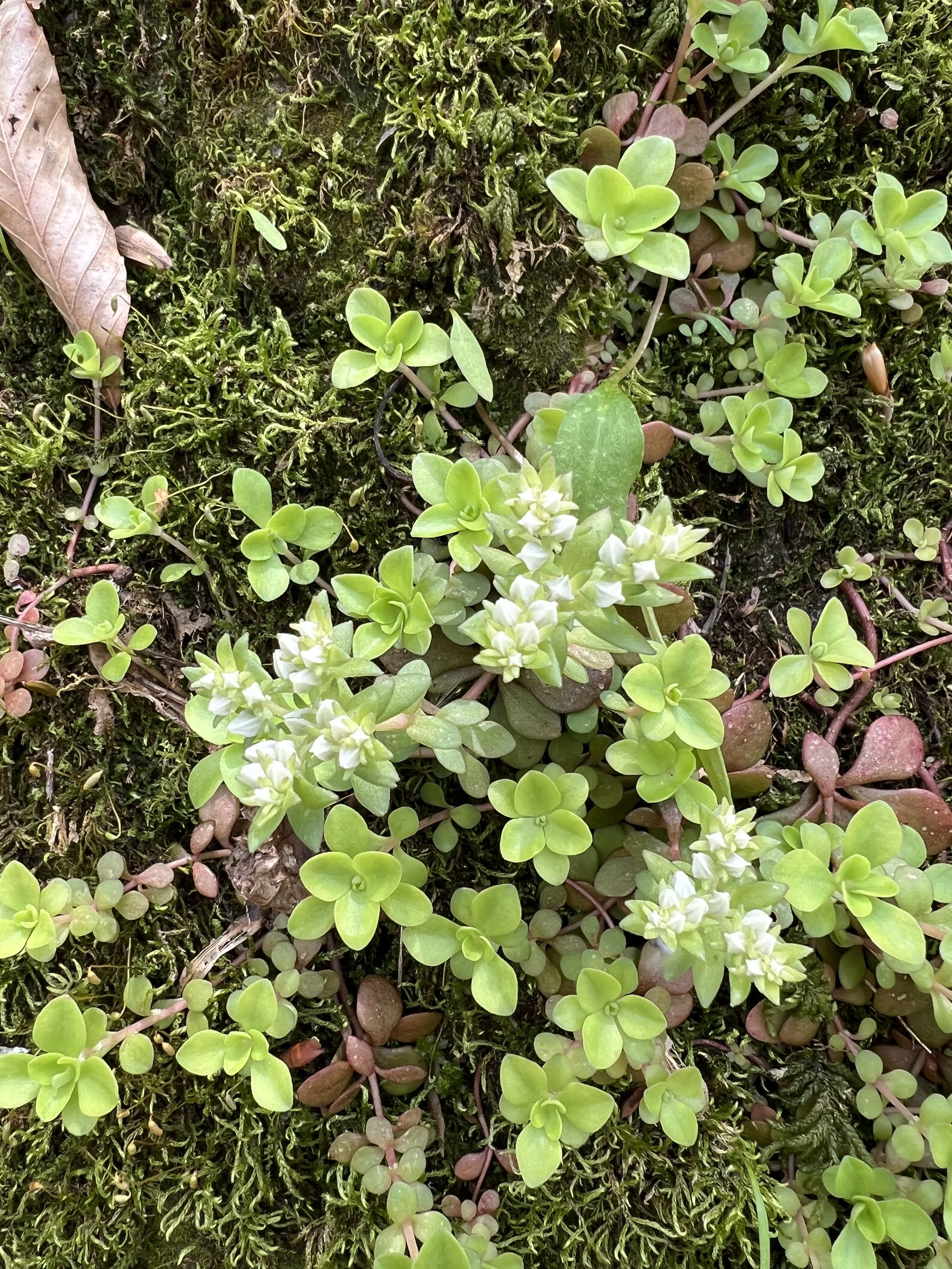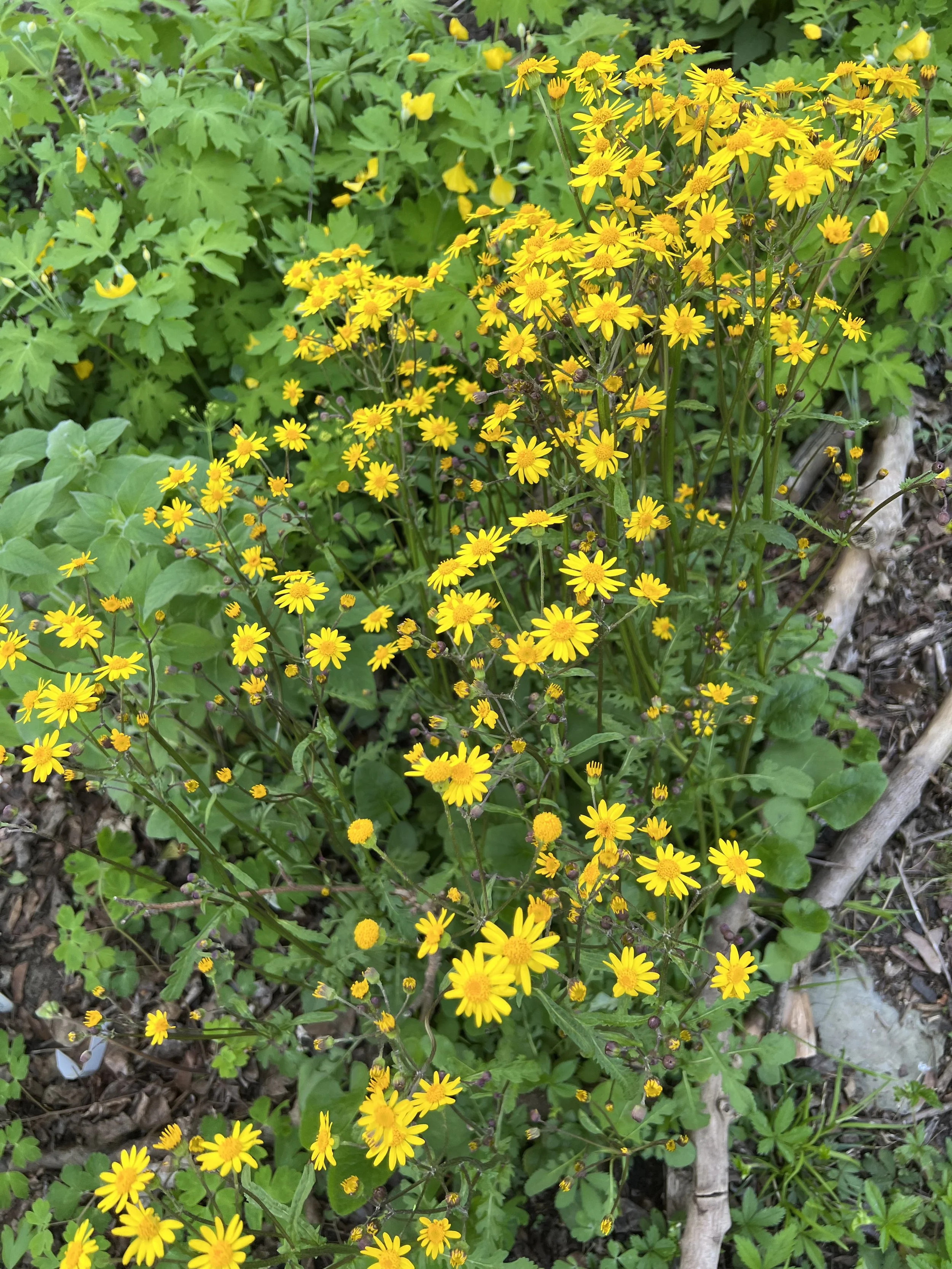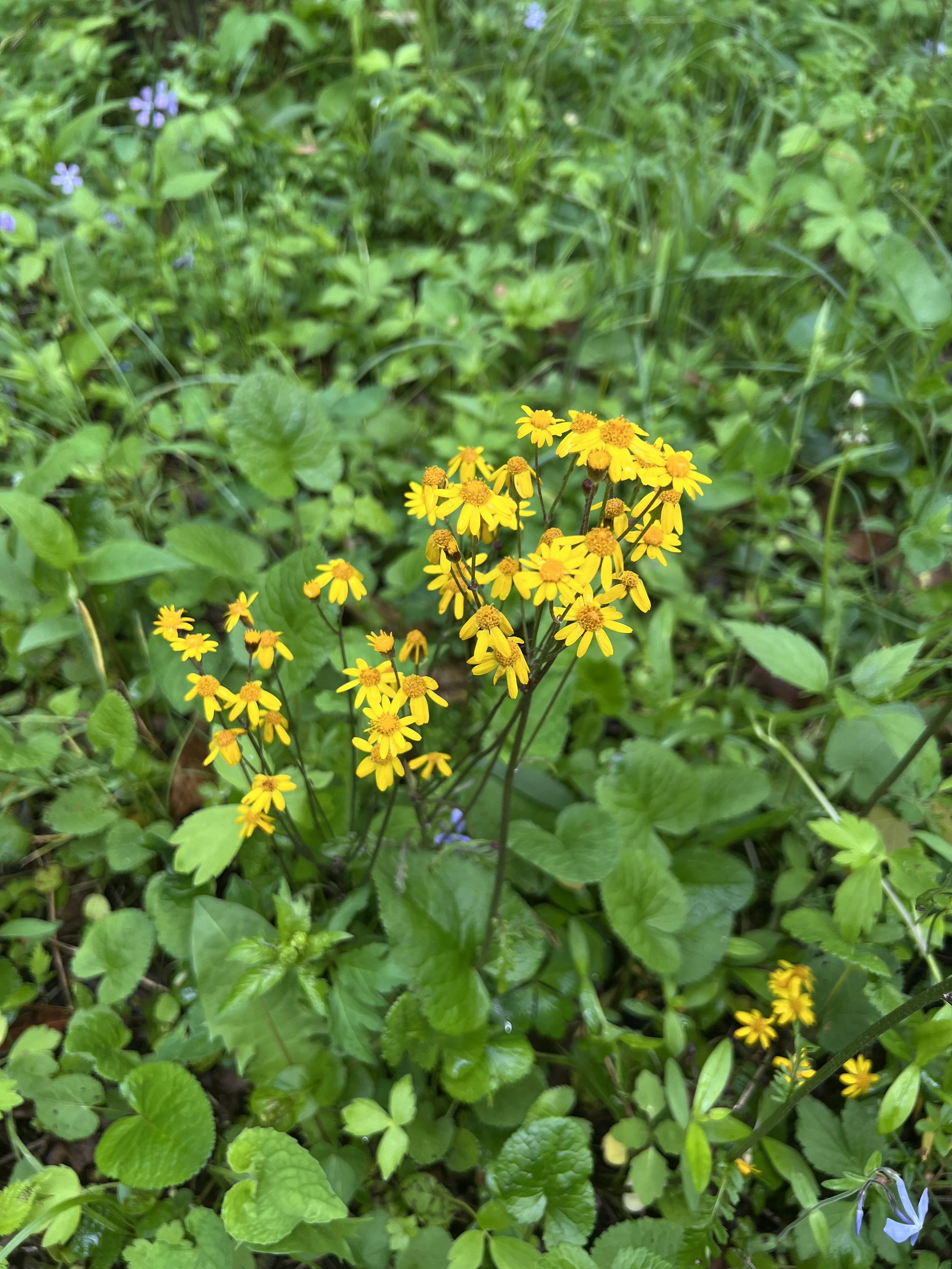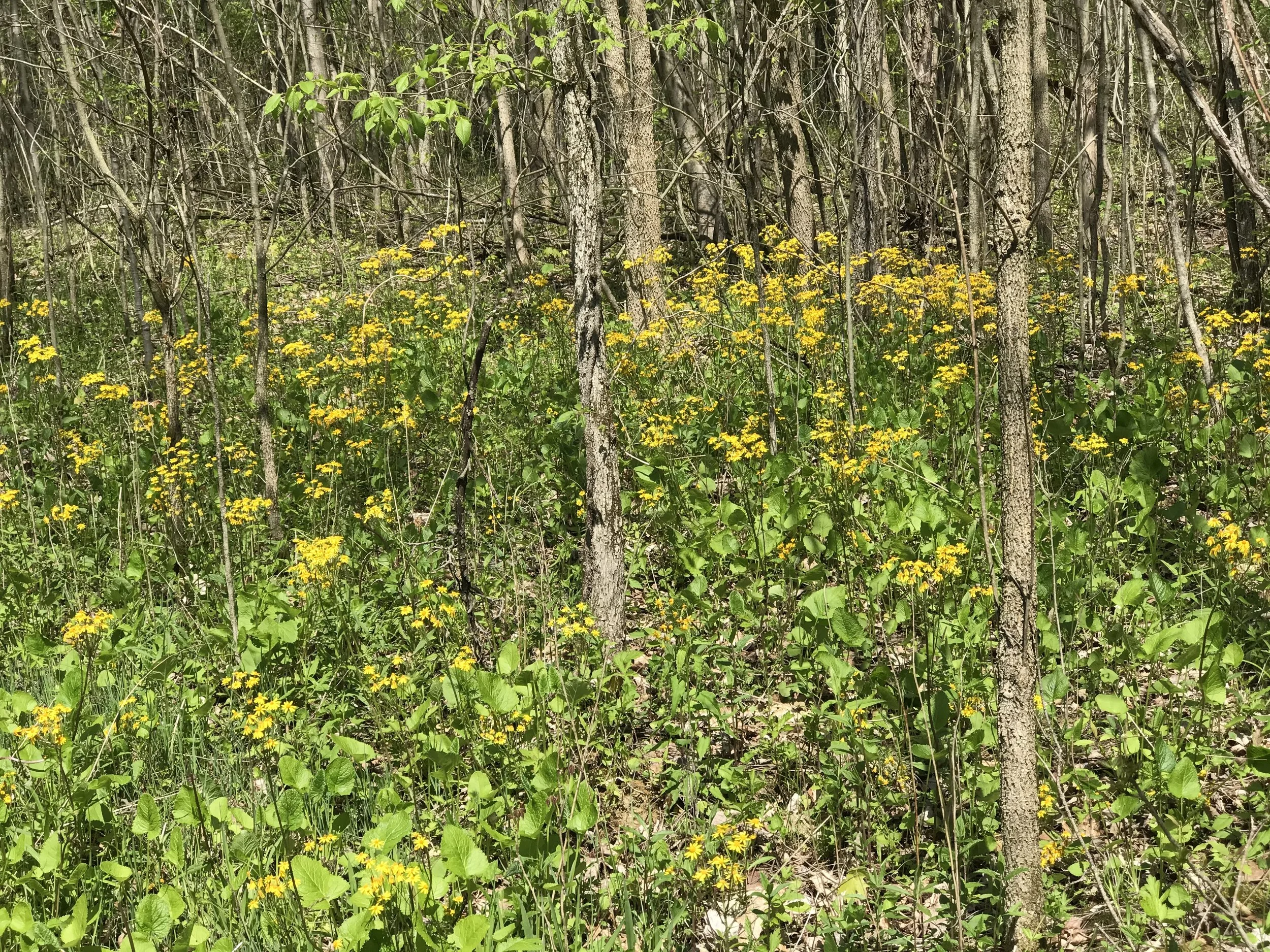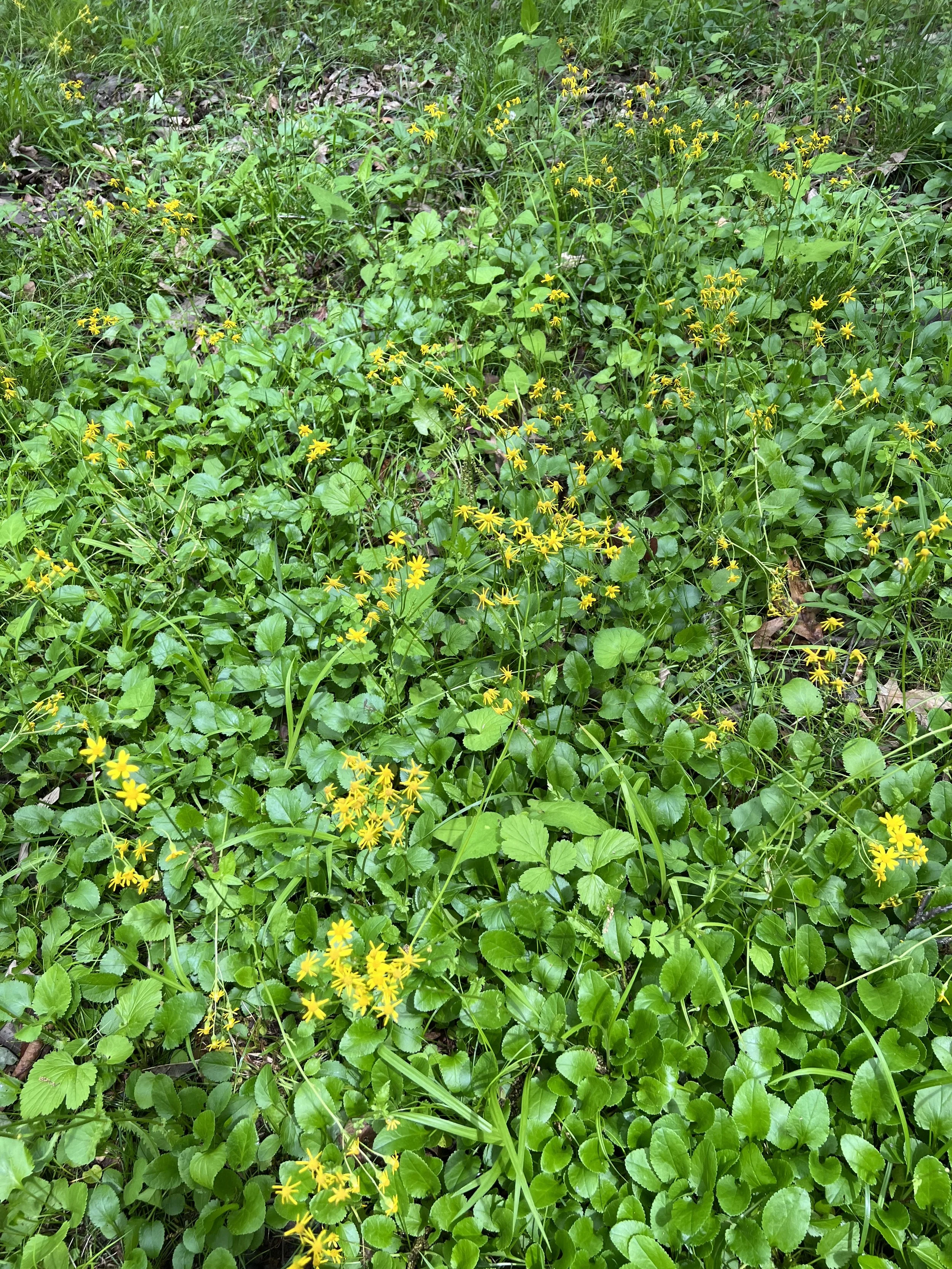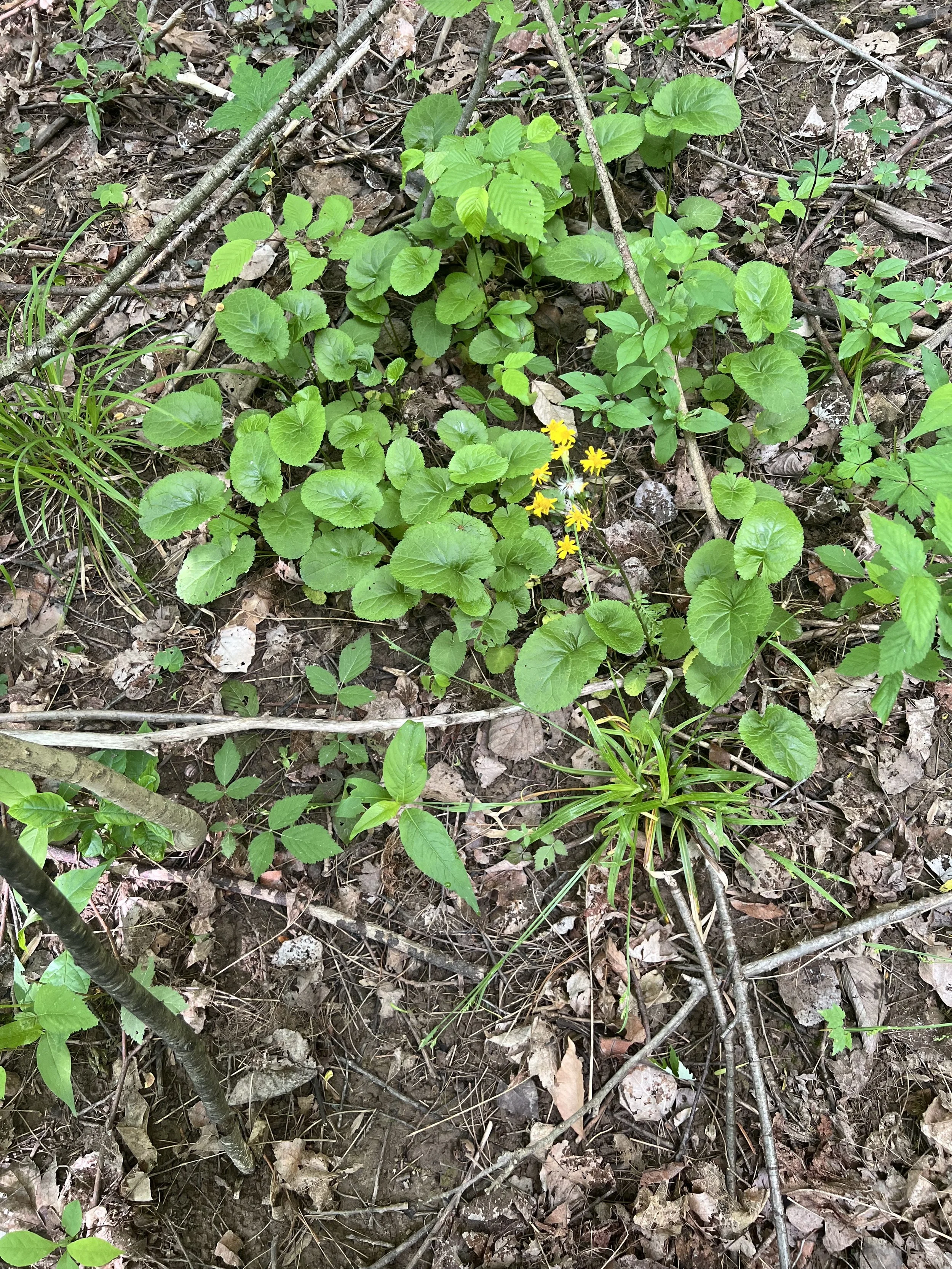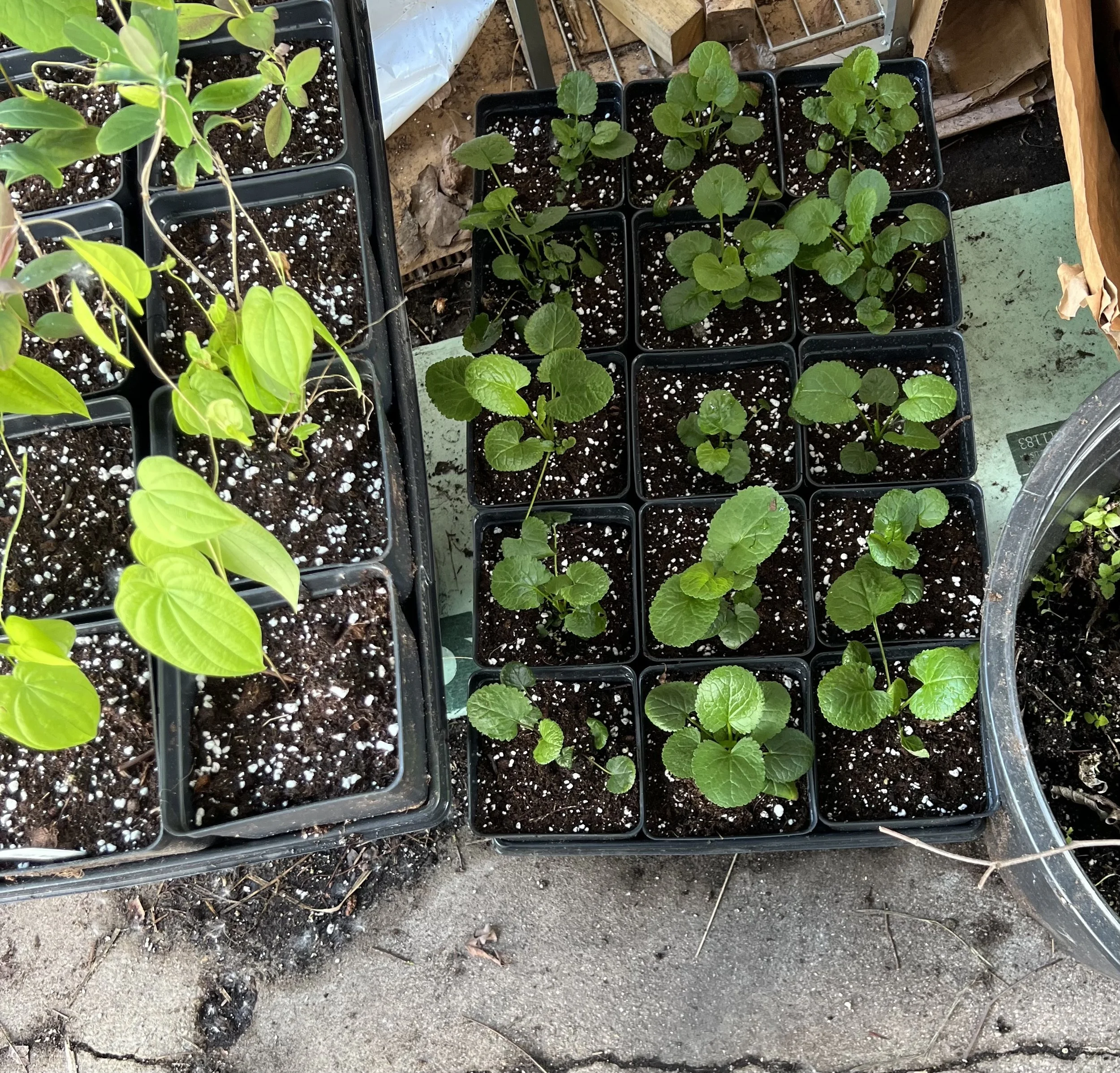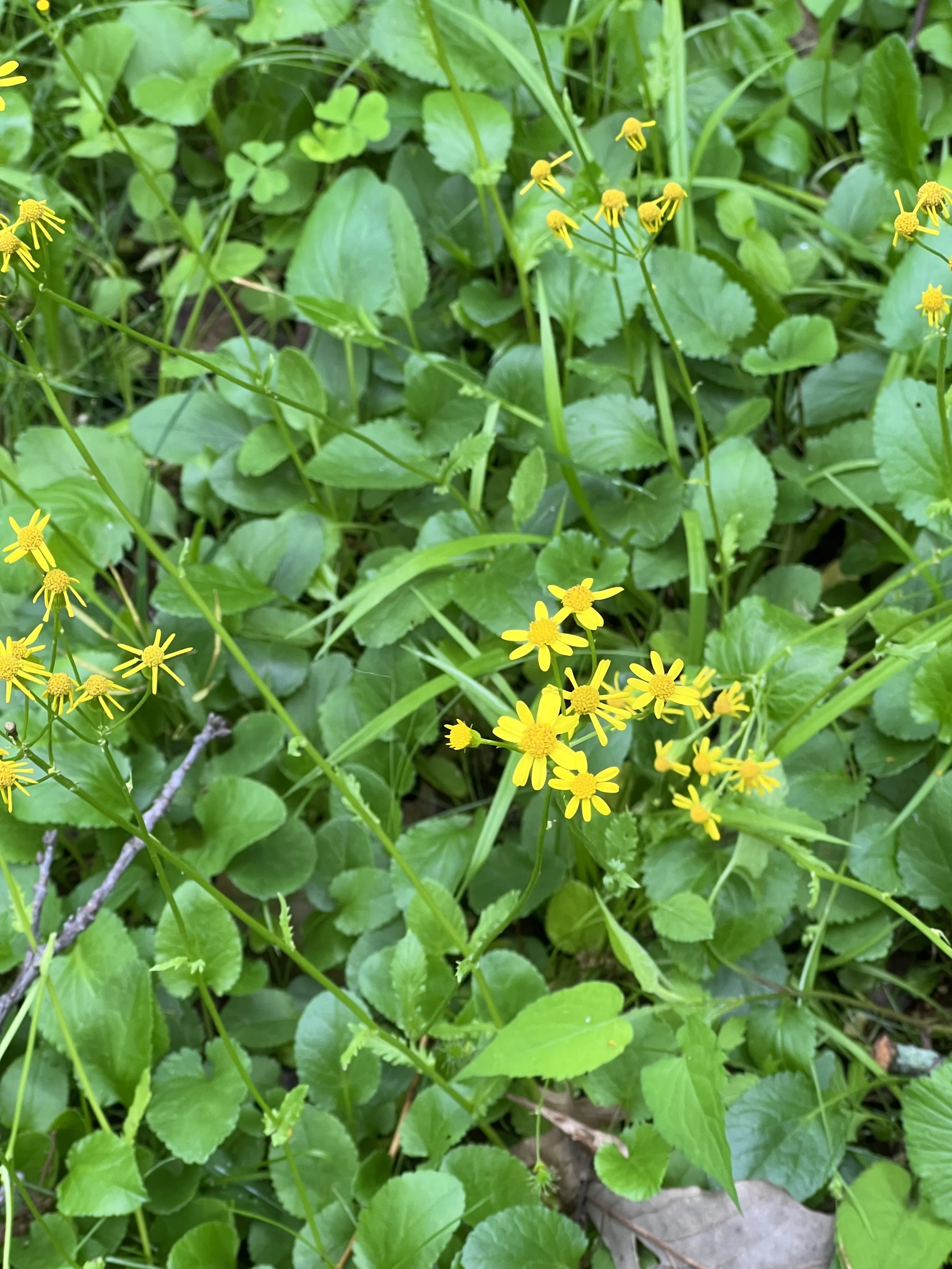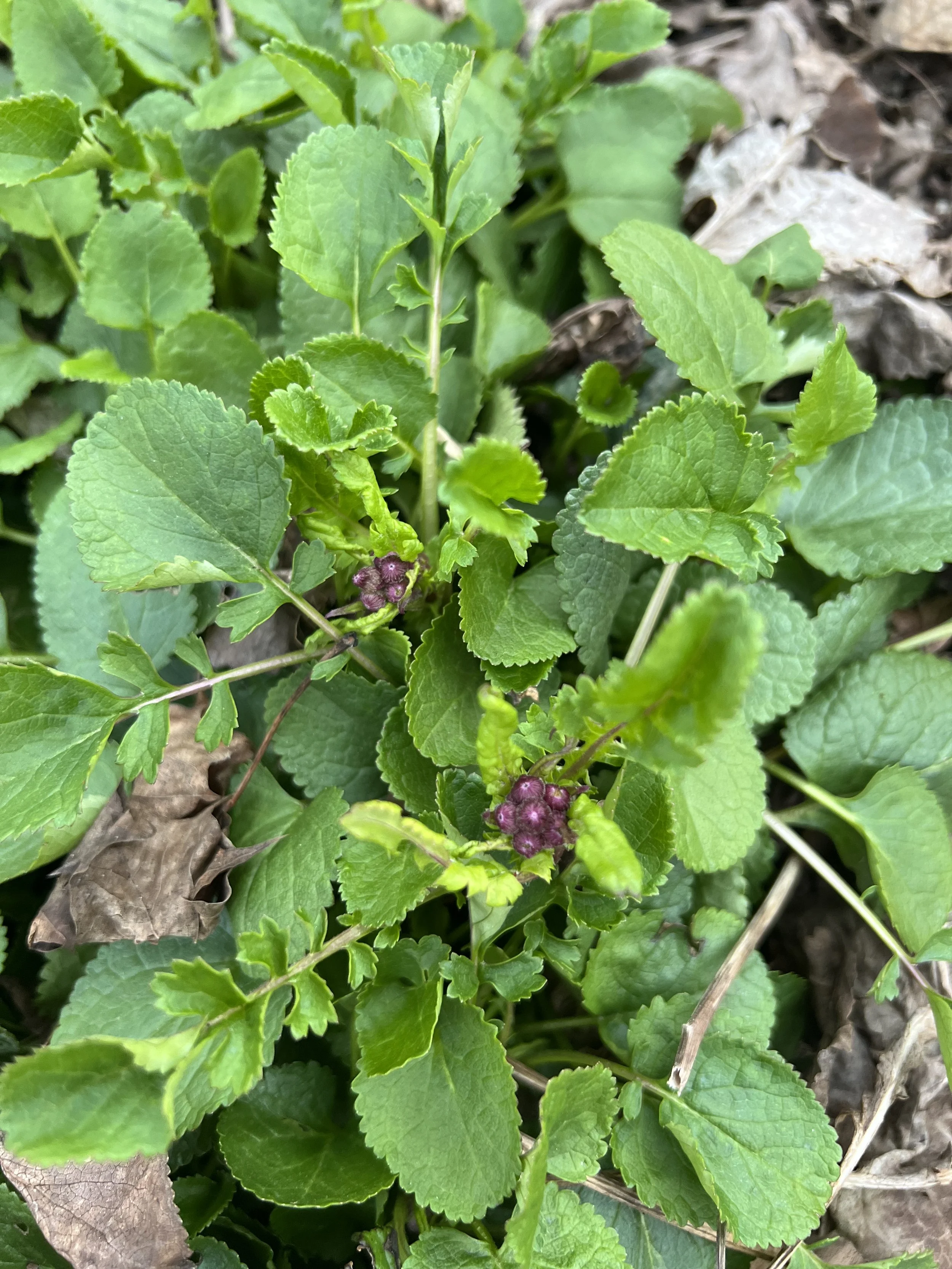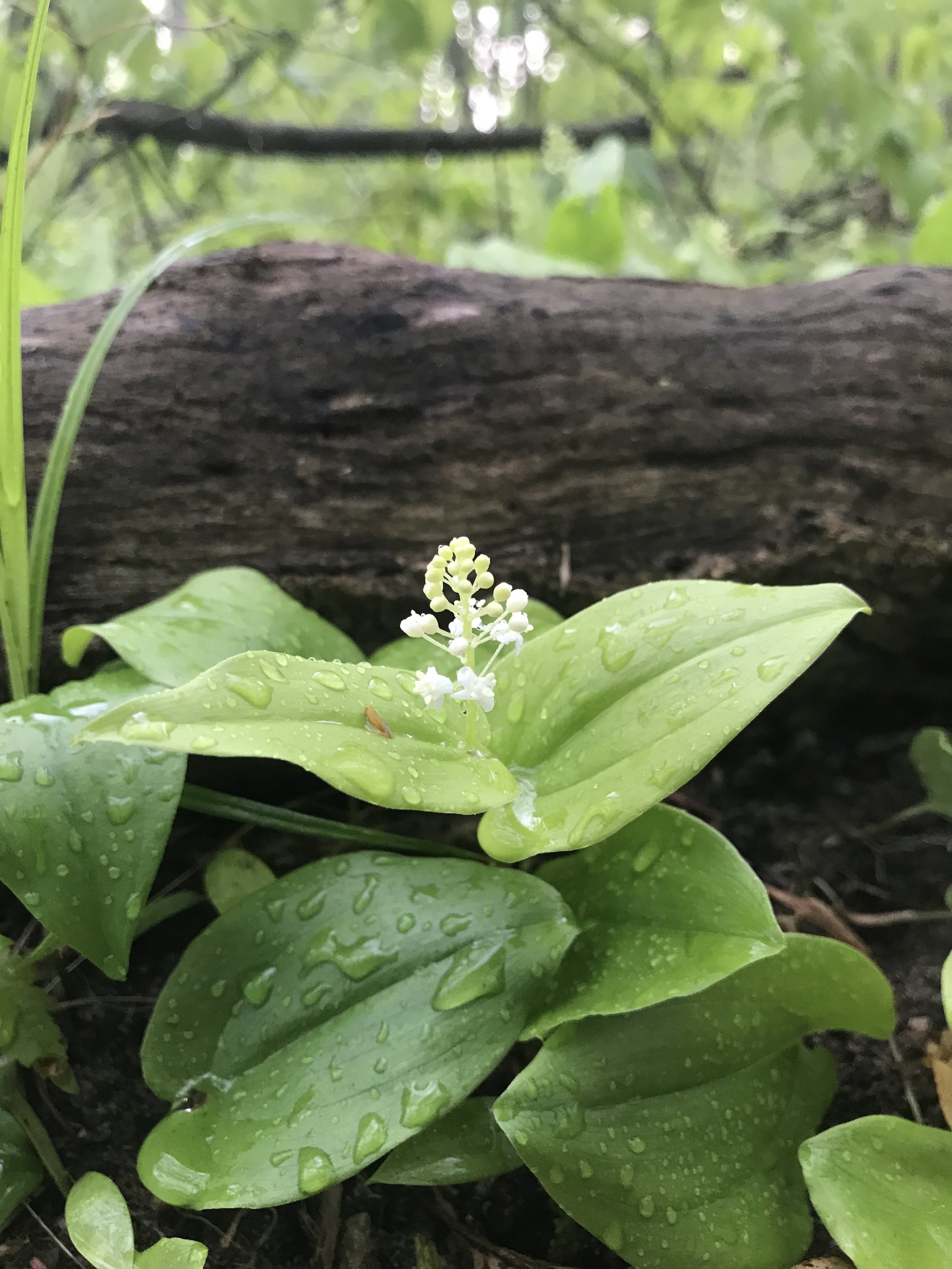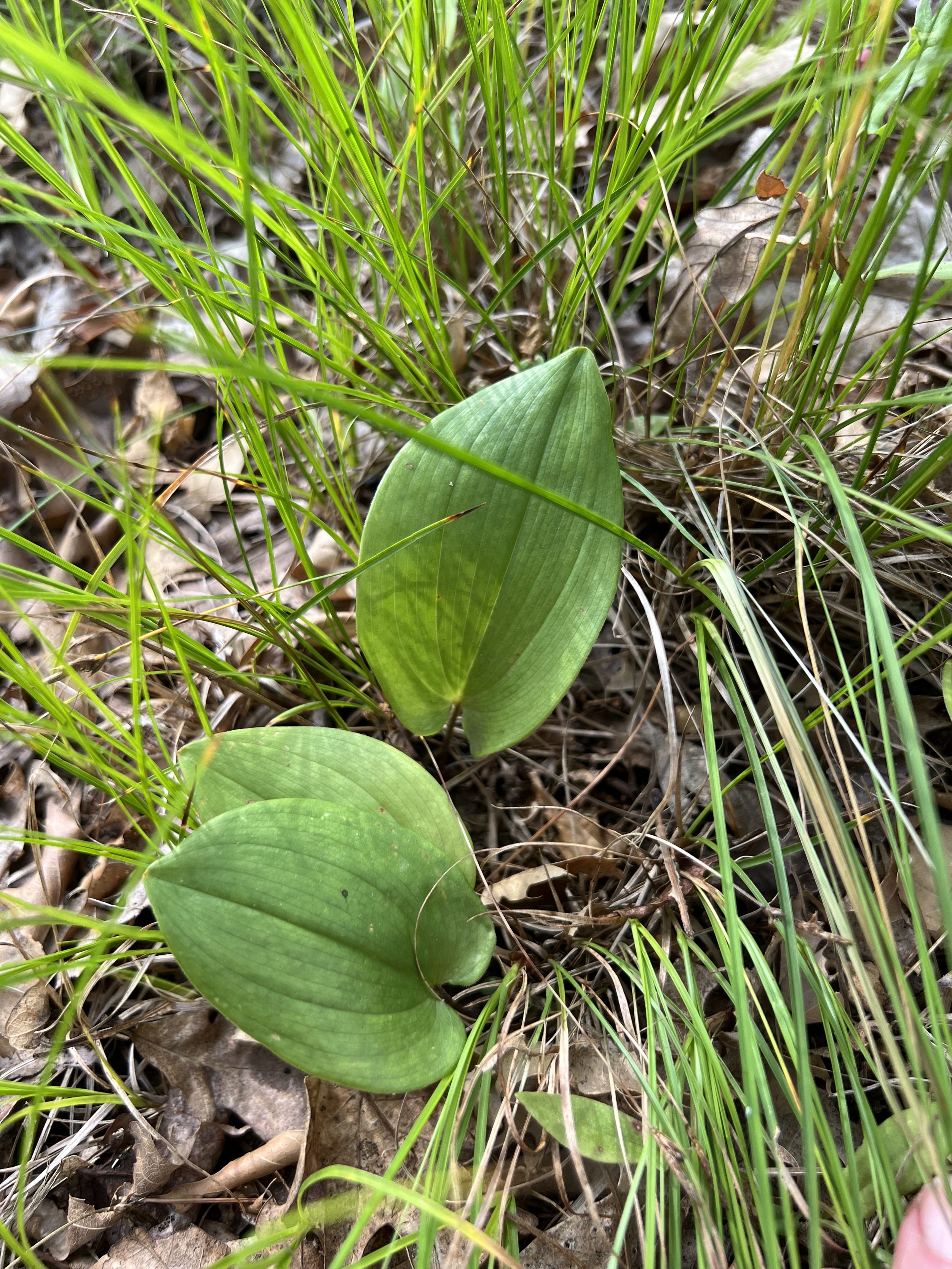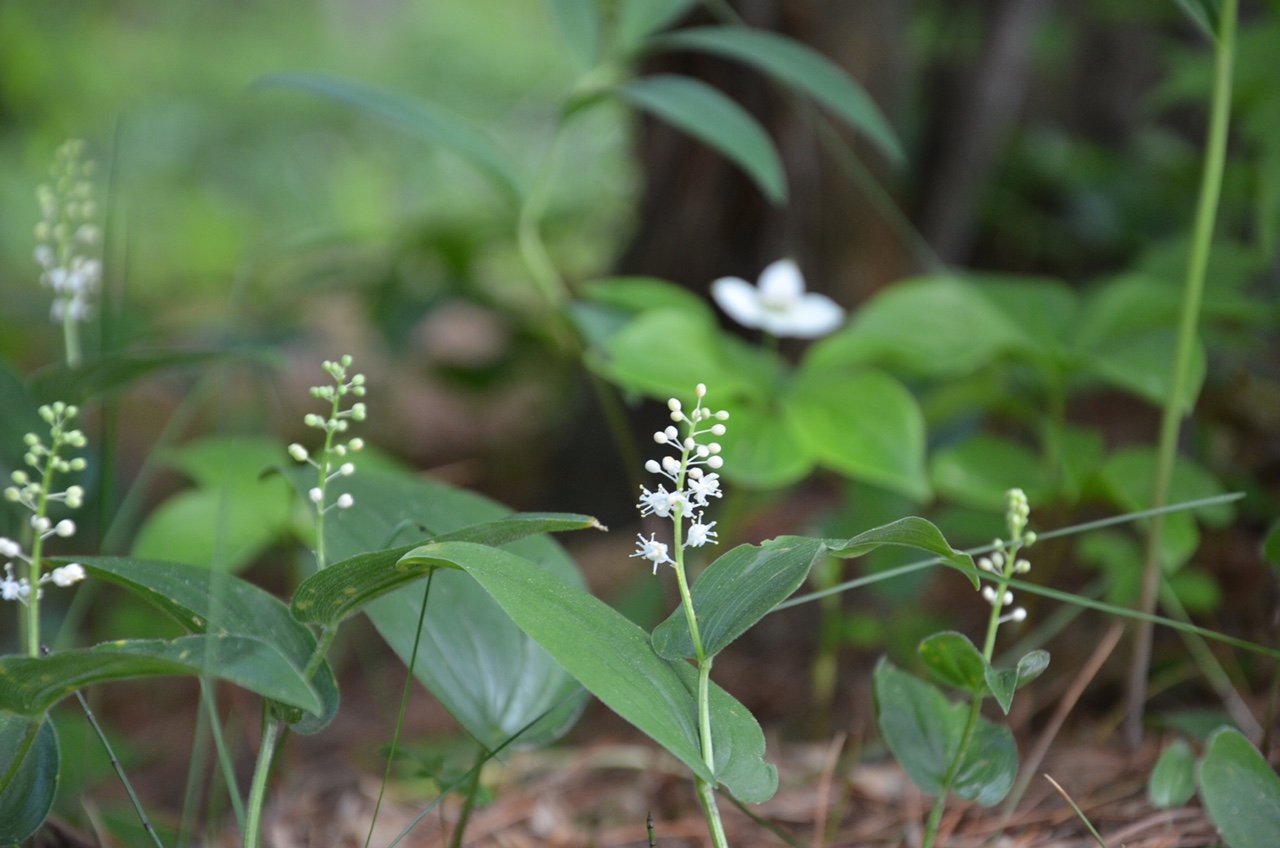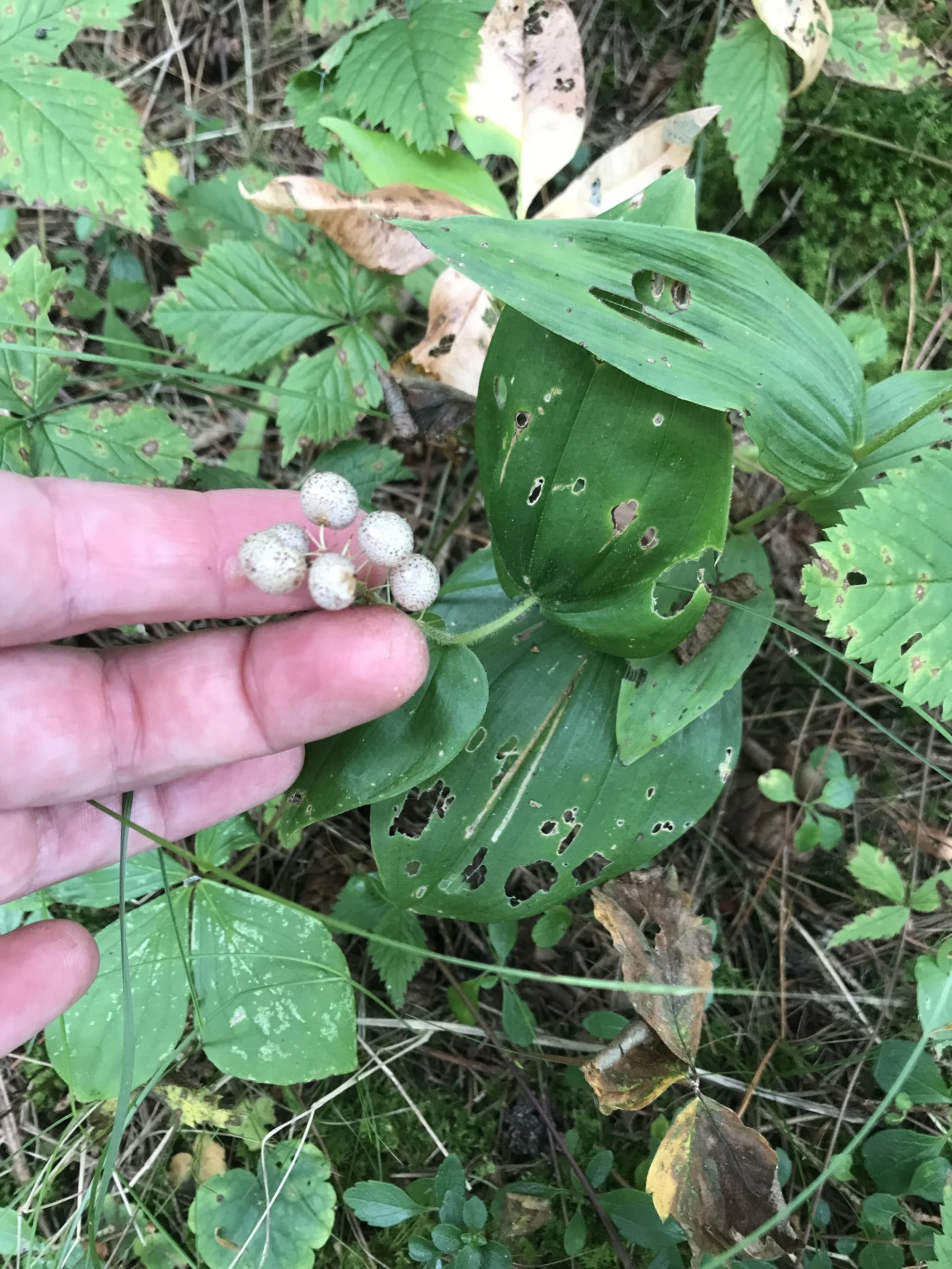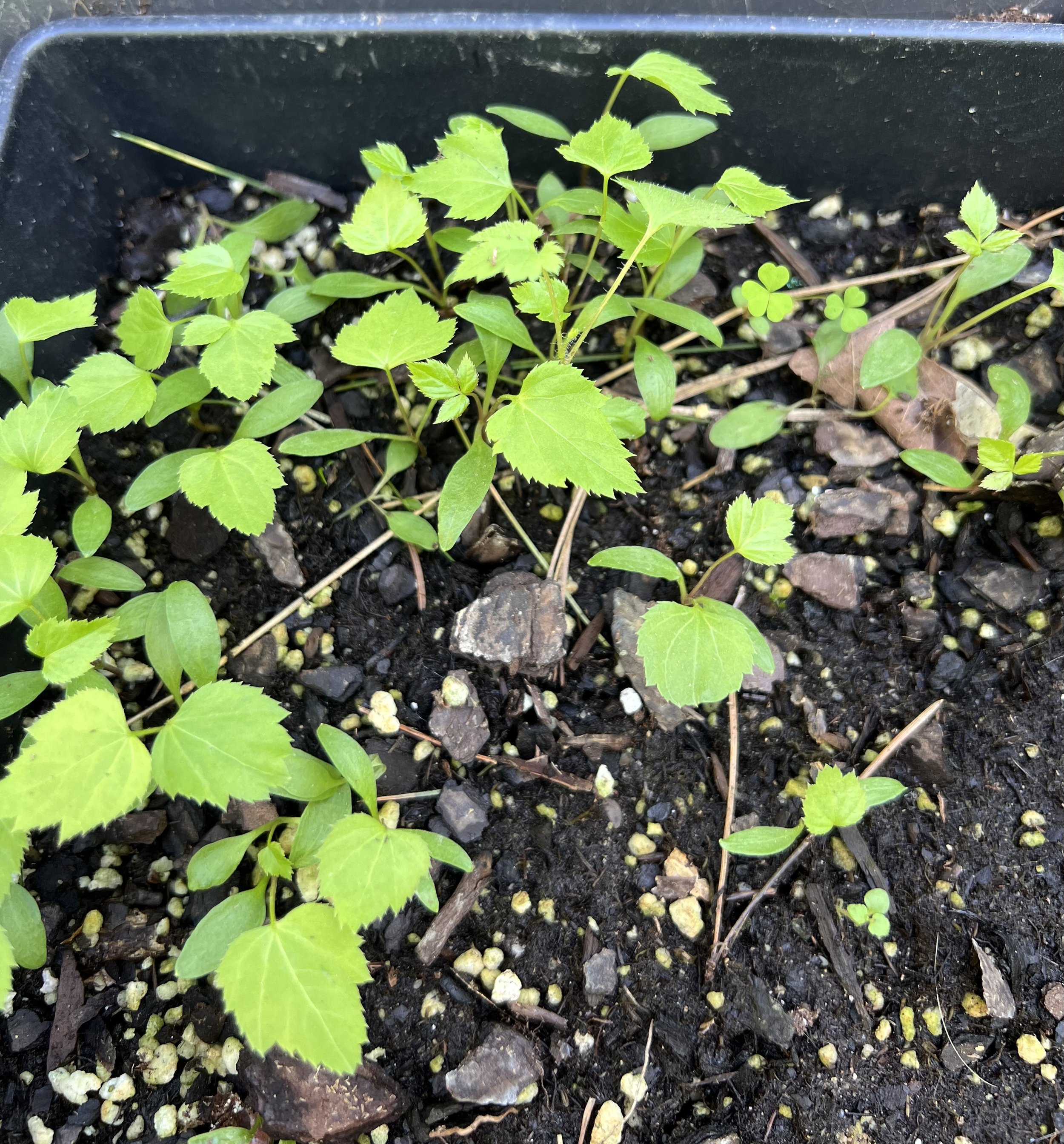 Image 1 of 8
Image 1 of 8

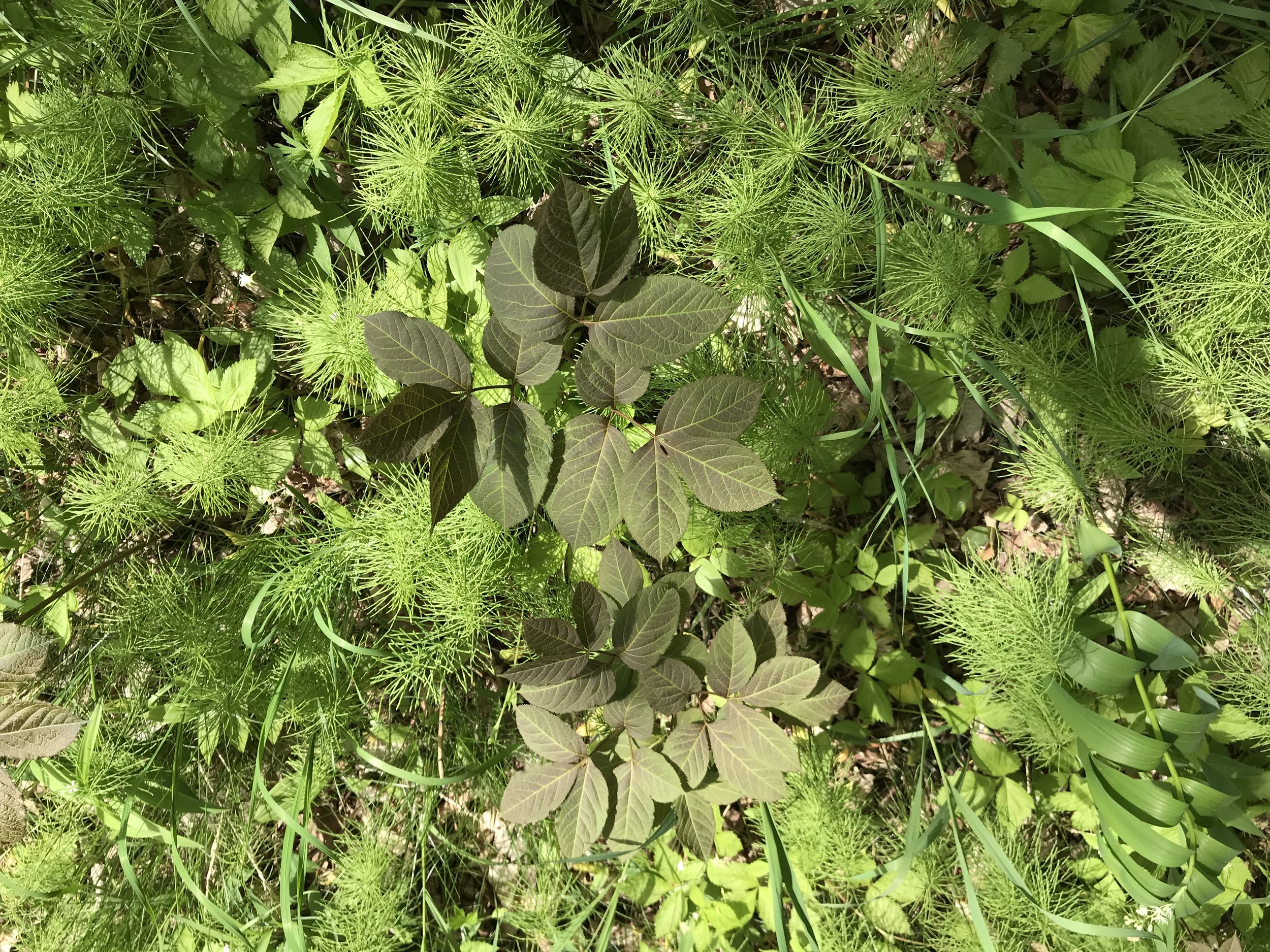 Image 2 of 8
Image 2 of 8

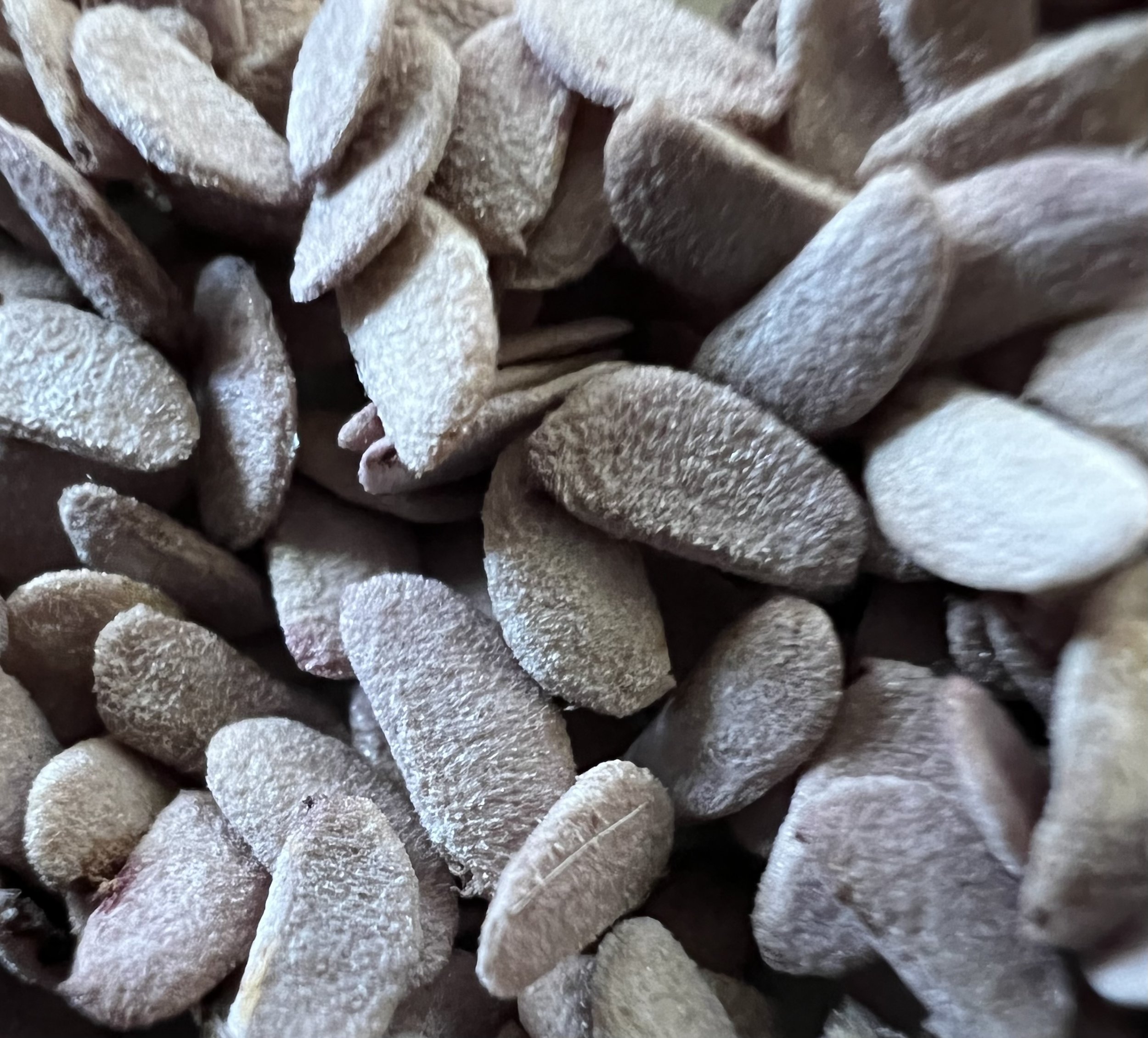 Image 3 of 8
Image 3 of 8

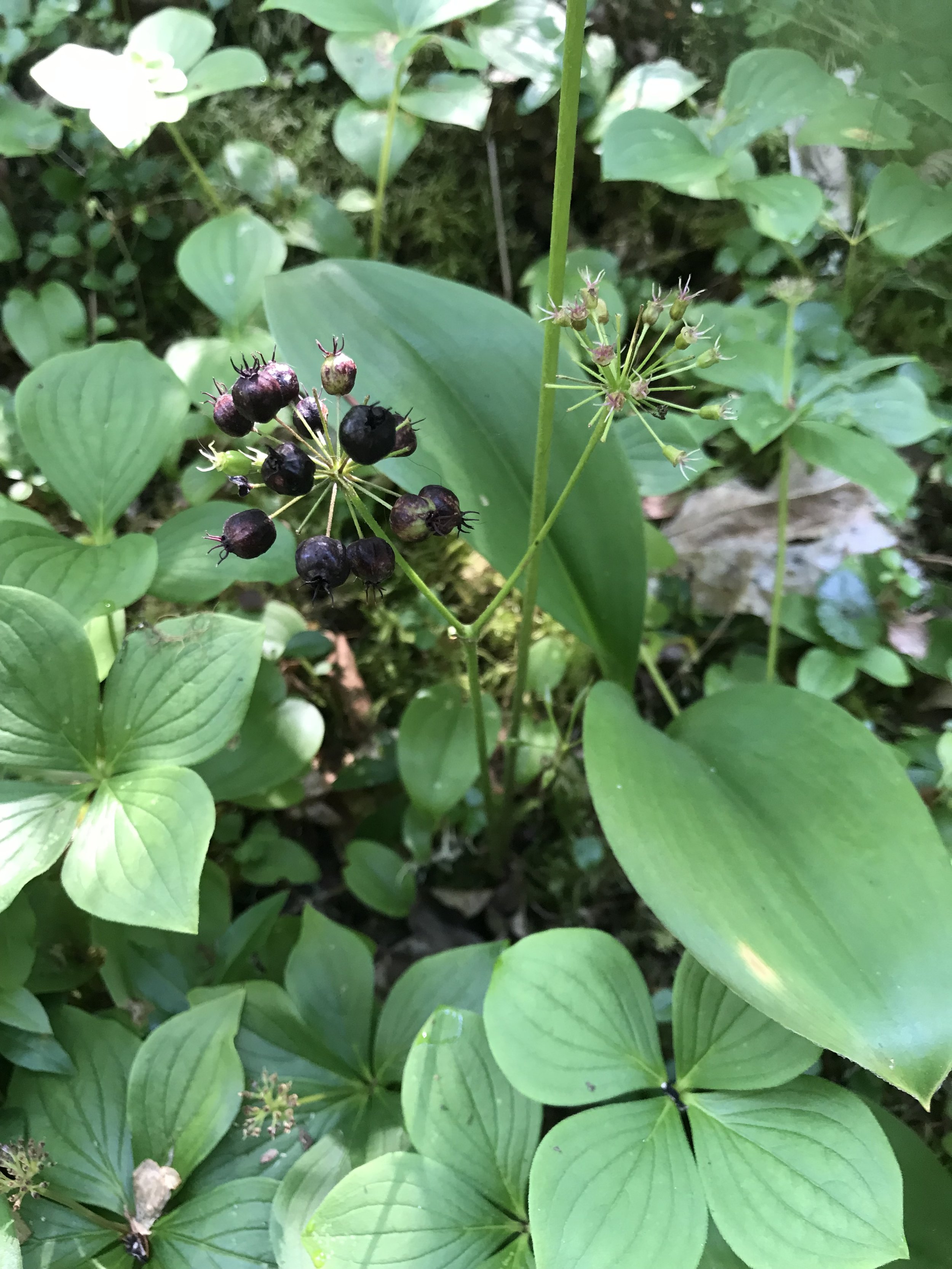 Image 4 of 8
Image 4 of 8

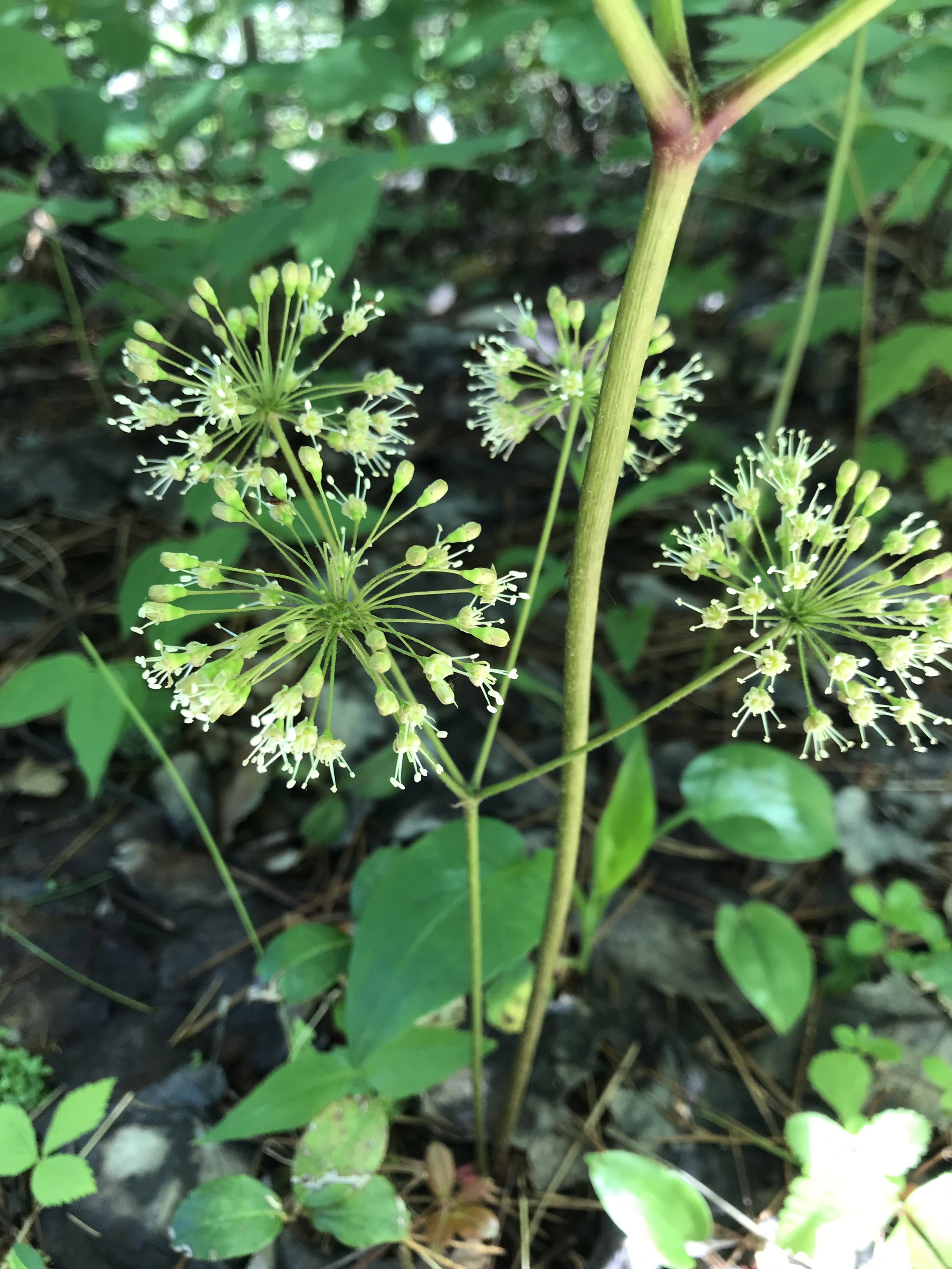 Image 5 of 8
Image 5 of 8

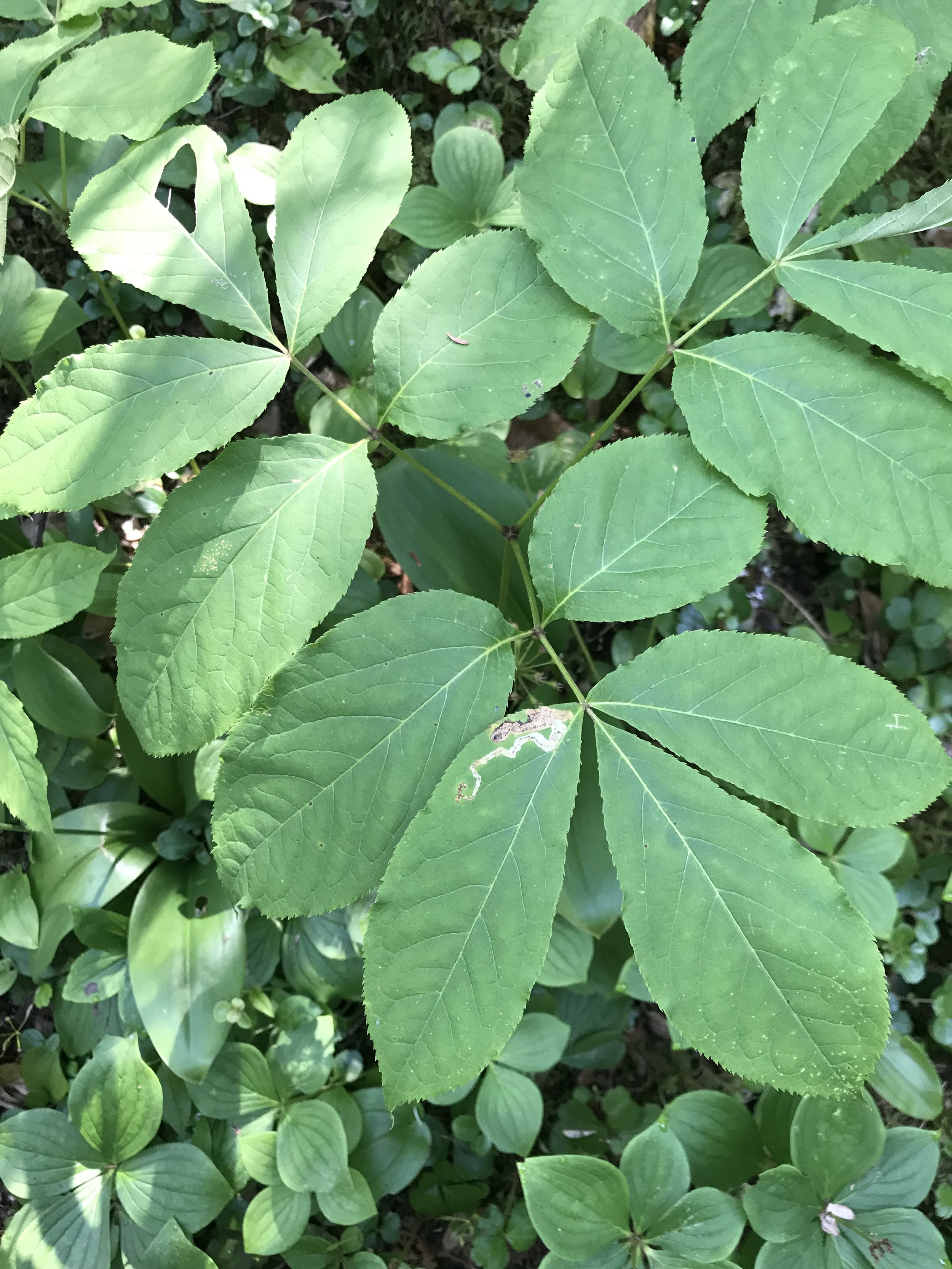 Image 6 of 8
Image 6 of 8

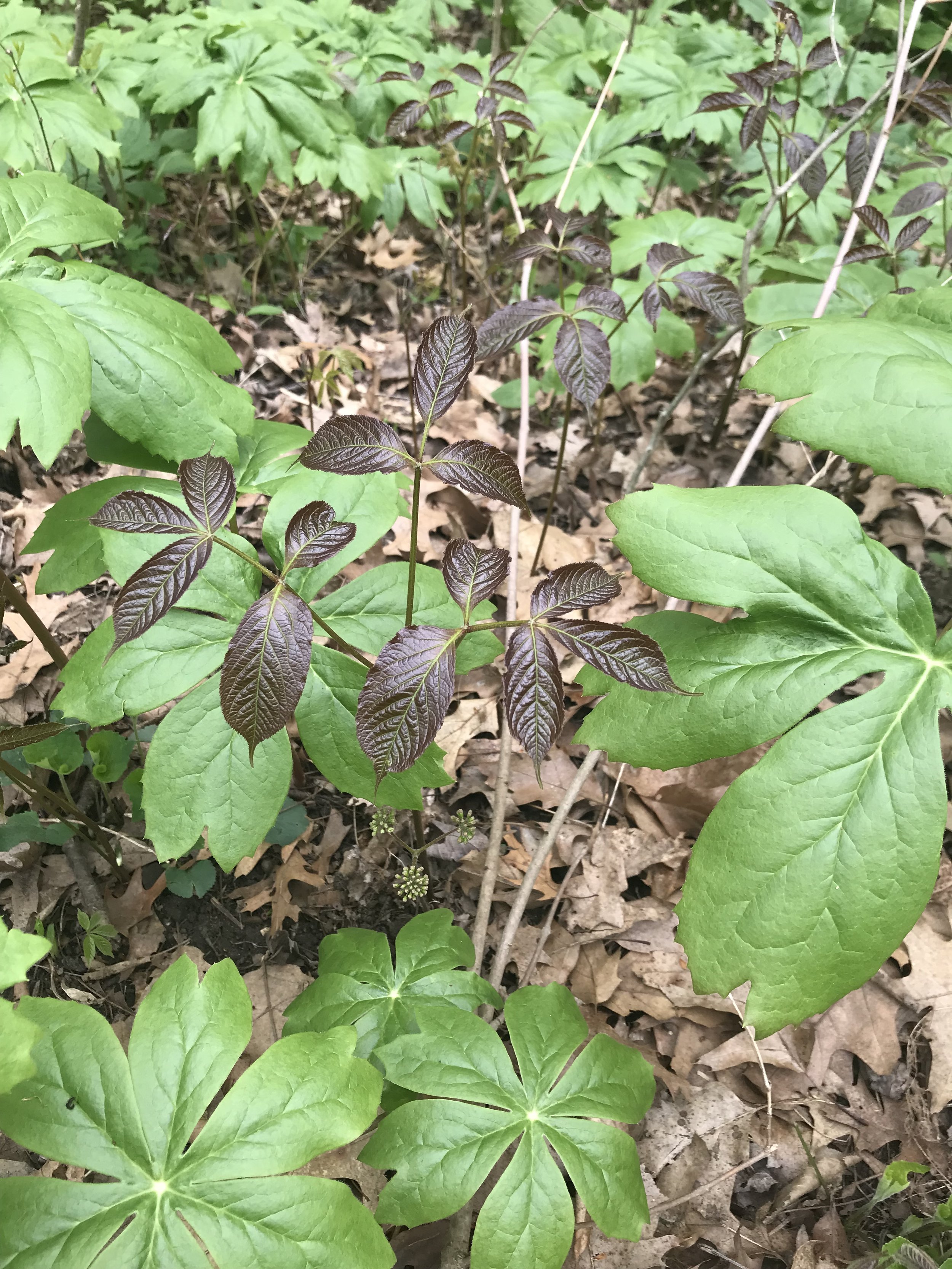 Image 7 of 8
Image 7 of 8

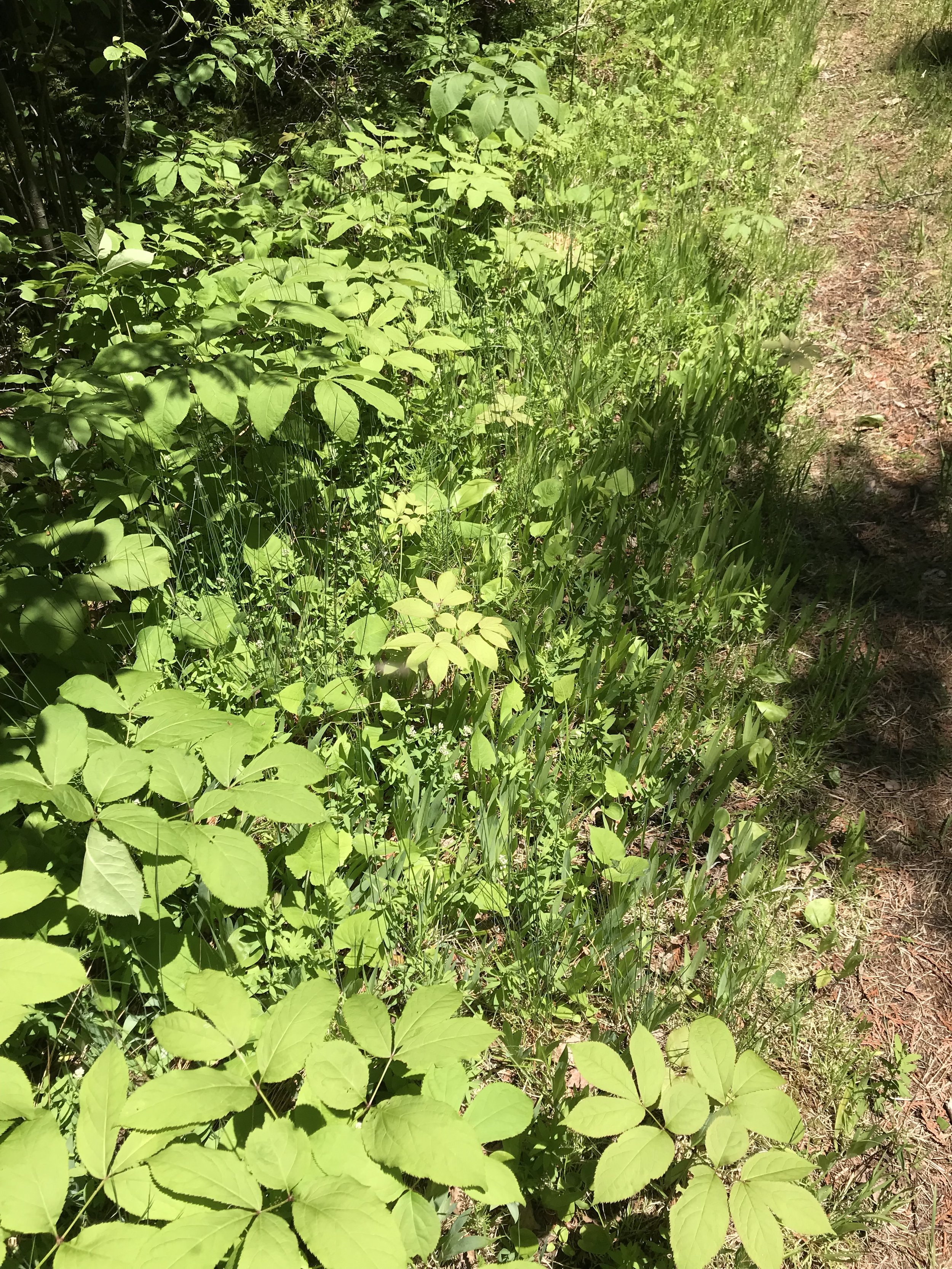 Image 8 of 8
Image 8 of 8









Wild Sarsaparilla (Aralia nudicaulis)
from $6.00
Sold Out
Wild Sarsaparilla grows in woodlands and on woodland edges in soil that contains organic matter and stays moderately moist.
Leaves emerge a dark reddish color in the spring. The leaves are compound with 3-7 leaflets. The leaves fully fill out and turn green. Plants grow to 12-18 inches tall. Flower stalks then emerge and bloom in late spring underneath the leaves. Successful pollination means the formation of dark purple berries which will benefit small mammals and some birds.
Plants spread by aromatic rhizomes, and can sometimes be found in rather large patches.
Wild Sarsaparilla is in the same family as Ginseng and in the same genus as Spikenard.
Companion Plants: big leaf aster, wild columbine, wild strawberry, marginal wood fern, oak fern, red honeysuckle, dwarf raspberry, bunchberry
Wild Sarsaparilla (Aralia nudicaulis)
Michigan Flora reference for state distribution: Wild Sarsaparilla
Height: 12-18”
Bloom time: May-June
Soil: moist sand, loam and clay
Sun: dappled light to shade
Plant spacing: 12”
Flower: white
Life cycle: Perennial
Family: Aralaceae
Seed source: Michigan
Sizes:
Get notified by email when this product is in stock.
Wild Sarsaparilla grows in woodlands and on woodland edges in soil that contains organic matter and stays moderately moist.
Leaves emerge a dark reddish color in the spring. The leaves are compound with 3-7 leaflets. The leaves fully fill out and turn green. Plants grow to 12-18 inches tall. Flower stalks then emerge and bloom in late spring underneath the leaves. Successful pollination means the formation of dark purple berries which will benefit small mammals and some birds.
Plants spread by aromatic rhizomes, and can sometimes be found in rather large patches.
Wild Sarsaparilla is in the same family as Ginseng and in the same genus as Spikenard.
Companion Plants: big leaf aster, wild columbine, wild strawberry, marginal wood fern, oak fern, red honeysuckle, dwarf raspberry, bunchberry
Wild Sarsaparilla (Aralia nudicaulis)
Michigan Flora reference for state distribution: Wild Sarsaparilla
Height: 12-18”
Bloom time: May-June
Soil: moist sand, loam and clay
Sun: dappled light to shade
Plant spacing: 12”
Flower: white
Life cycle: Perennial
Family: Aralaceae
Seed source: Michigan
